Tanzanite
The Rare Gemstone of Tanzania
Tanzanite is one of the most coveted gemstones in the world, known for its vibrant blue-violet hues. This rare stone, found only in Tanzania, has captured the imagination of gem enthusiasts, jewelry designers, and spiritual practitioners alike. In this blog, we’ll explore the origin, formation, cultural significance, and market trends surrounding Tanzanite, as well as how to style this stunning gem in your jewelry collection.
Origin of Tanzanite
Tanzanite is a geographically exclusive gemstone, only found in a small region of Tanzania, specifically in the Merelani Hills, near the town of Arusha. This unique location, situated at the foothills of Mount Kilimanjaro, makes Tanzanite incredibly rare. The gemstone was first discovered in 1967 by a local Tanzanian miner, and its striking blue-violet color quickly gained the attention of the global jewelry market.
Tanzania: The Sole Source
-
Tanzanite is found only in a small 5 km² area, making it one of the most rare gemstones in the world.
-
Due to its geographic exclusivity, Tanzanite’s future supply is uncertain, with mining being constrained to a limited region.
Formation Process of Tanzanite
Tanzanite is a variety of the mineral zoisite, and its vibrant blue-to-violet color is the result of a rare combination of geological conditions. The stone is formed deep within the Earth’s crust at temperatures of 600 to 800°C, and the intense pressure and high heat conditions during its formation cause the stone to exhibit its characteristic pleochroism — showing different colors when viewed from different angles.
Steps of Formation:
-
Metamorphic Process: Tanzanite begins as the mineral zoisite under extreme pressure and heat over millions of years.
-
Trace Elements: The color of Tanzanite comes from the presence of vanadium, which, when exposed to heat, causes the blue and violet hues to emerge.
-
Rare Occurrence: The specific geological conditions that produce Tanzanite are so rare that the mineral is found almost exclusively in one region, making it exceptionally scarce.
Cultural Significance and Meaning of Tanzanite
Tanzanite has not only become a symbol of luxury and elegance, but it also holds deep spiritual and cultural significance, particularly among those who believe in the metaphysical properties of gemstones.
Spiritual Meaning:
-
Transformation: Tanzanite is often associated with transformation and spiritual growth. It is believed to help facilitate higher consciousness and connect the wearer with cosmic energy.
-
Healing: It is also used in healing practices, particularly for those seeking to enhance their intuition and psychic abilities.
-
Calming Energy: The soothing blue-violet hues are thought to bring calmness and emotional balance, aiding in stress relief and inner peace.
Cultural Significance:
-
In Tanzania, Tanzanite is considered a national treasure. Its rarity and beauty have made it an important symbol of Tanzanian pride.
-
The gem is also seen as a stone of connection, linking the wearer to the energies of the Earth and the Universe, believed to be a bridge between the physical and spiritual realms.
Market Price and Rarity of Tanzanite
Tanzanite is known for being exceptionally rare due to its exclusive origins. The scarcity of this gemstone, combined with its striking colors and global demand, makes it a highly sought-after jewel. However, Tanzanite’s price fluctuates based on several factors, including color, size, clarity, and the quality of the cut.
Market Price (2024):
-
Small Stones (Under 1 carat): These stones are relatively more affordable, ranging from $300 to $600 per carat.
-
Medium Stones (1-5 carats): Prices for these stones can range from $600 to $2,000 per carat, depending on the quality.
-
Large Stones (5+ carats): High-quality Tanzanite stones over 5 carats can command prices of $3,000 to $5,000 per carat or more.
Rarity:
Tanzanite’s limited geographic range combined with the increasing demand for this gemstone has led to concerns about its future availability. Experts predict that Tanzanite mining could potentially be depleted within the next decade, further driving up the gemstone’s value.
Tanzanite Properties
External
Career & Success
Career Success
Relationships & Communication
Love & Compassion
Inner
Resolution
Composure
Calmness
Harmony
Excellence
Birth month

Zodiac


Element

Chakras




Planet


Mohs Hardness
6 - 6.5
Click to copy the Tanzanite properties
Jewelry Uses and Fashion Tips
Tanzanite’s deep blue-violet hues make it an excellent choice for luxury jewelry. It is often used in high-end engagement rings, pendants, earrings, and bracelets.
Best Jewelry Uses:
-
Engagement Rings: Tanzanite is often used in engagement rings due to its intense color and emotional significance. Its rarity and beauty make it a unique alternative to traditional gemstones like diamonds.
-
Necklaces and Pendants: The bold colors of Tanzanite create a statement piece that can be paired with both formal and casual attire.
-
Earrings and Bracelets: Tanzanite is also beautifully set in earrings and bracelets, where its brilliance and sparkle can be showcased.
Fashion Tips:
-
Pair with White Gold or Platinum: Tanzanite’s deep hues are beautifully complemented by white gold or platinum settings, which highlight its color while providing a modern, elegant look.
-
Color Contrasts: Tanzanite pairs well with neutral colors like black, silver, or gray to let the gemstone shine as the focal point of an outfit.
-
Bohemian or Eclectic Style: For a more bohemian or eclectic look, Tanzanite can be paired with silver or beaded designs, offering a blend of cosmic energy and artistic expression.
Pairing Tanzanite with Other Gemstones or Materials
Tanzanite can be paired with a variety of other gemstones and materials to enhance its color and spiritual significance. Here are a few recommended pairings:
| Gemstone or Material | Reason for Pairing |
|---|---|
| Diamond | Diamonds pair beautifully with Tanzanite in engagement rings or statement pieces. The contrast between Tanzanite’s deep hues and diamond’s brilliance creates a striking combination. |
| Amethyst | The purple tones of Amethyst complement the blue-violet hues of Tanzanite, creating a harmonious and soothing color palette. |
| Clear Quartz | Clear Quartz is often used to amplify the metaphysical properties of Tanzanite, making it a great choice for spiritual healing or meditation jewelry. |
| Moonstone | The mystical glow of Moonstone pairs perfectly with Tanzanite, enhancing its cosmic energy and creating a sense of mystery. |
| Sapphire | Sapphires, particularly those in deep blue tones, create an elegant combination with Tanzanite, making the two stones look even more regal when set in luxury jewelry. |





Crystal Color Palettes for Artistic and Fashion Inspiration
Tanzanite’s rich blue and violet tones offer a beautiful spectrum of colors that can be used for artistic inspiration or color palettes. Here are five colors inspired by Tanzanite:

- #4B2C67 Deep Violet – The core color of Tanzanite, representing spiritual transformation and mystical energy.
- #1F3A56 Cosmic Blue – A deep, dark blue with a cosmic feel, symbolizing vastness and serenity.
- #B98FDE Lavender – A softer, lighter violet with hints of lavender, offering a sense of calm and elegance.
- #707B8A Celestial Gray – Inspired by Tanzanite’s reflective qualities, this cool gray pairs perfectly with the gemstone’s hues.
- #D6B78E Golden Champagne – A subtle golden hue that complements the richness of Tanzanite’s color and enhances its luxury appeal.
Tanzanite’s cosmic significance is often linked to spiritual growth and transformation. As one of the rarest gemstones on Earth, do you believe its scarcity enhances its spiritual power, or does its exclusive availability make it more of a status symbol? We’d love to hear your thoughts on Tanzanite’s value, both in spiritual and material terms.


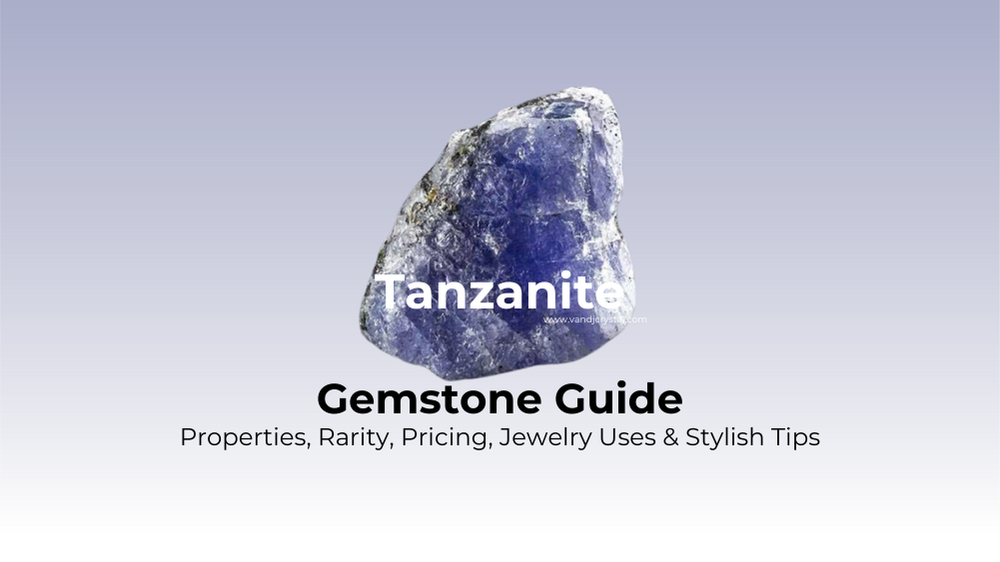
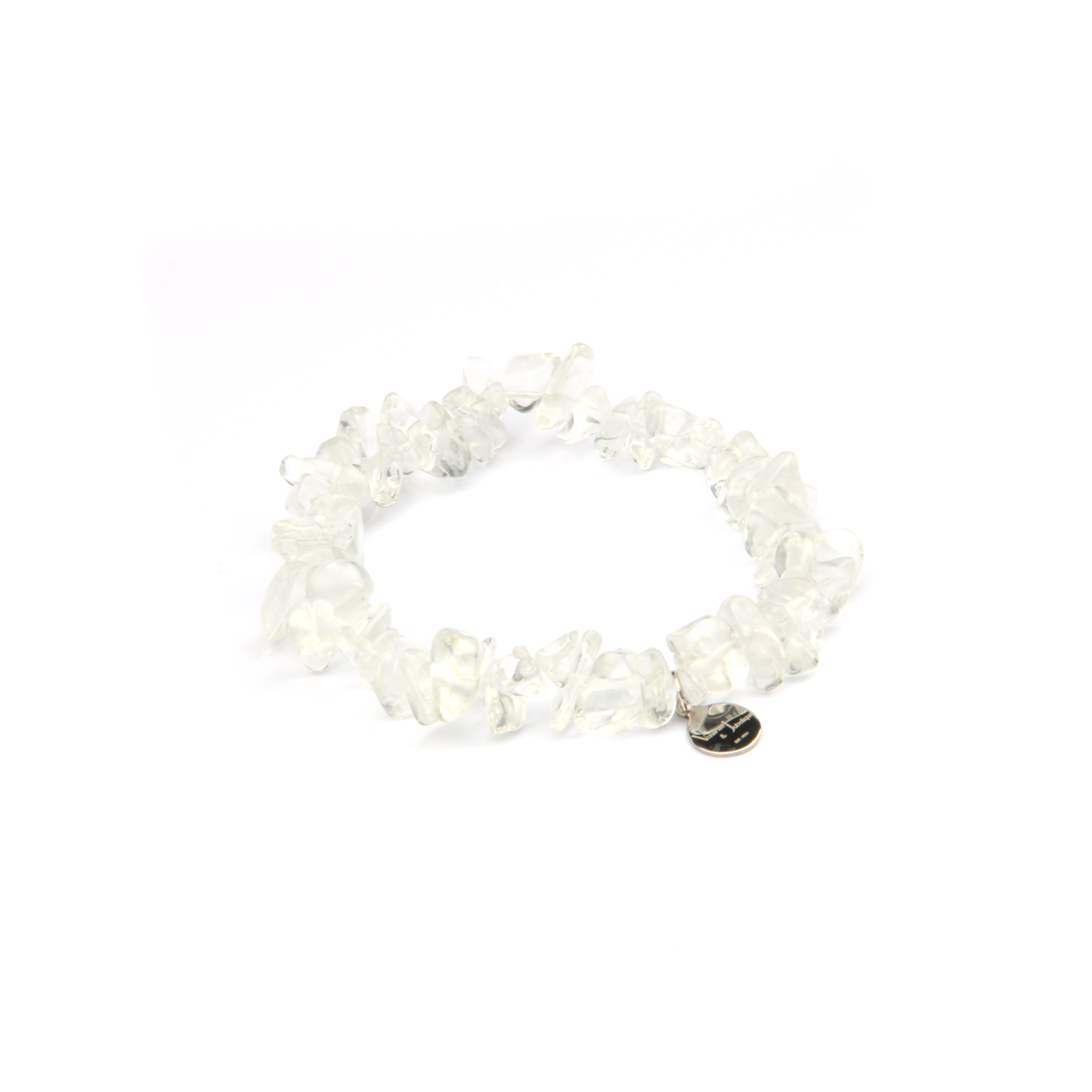
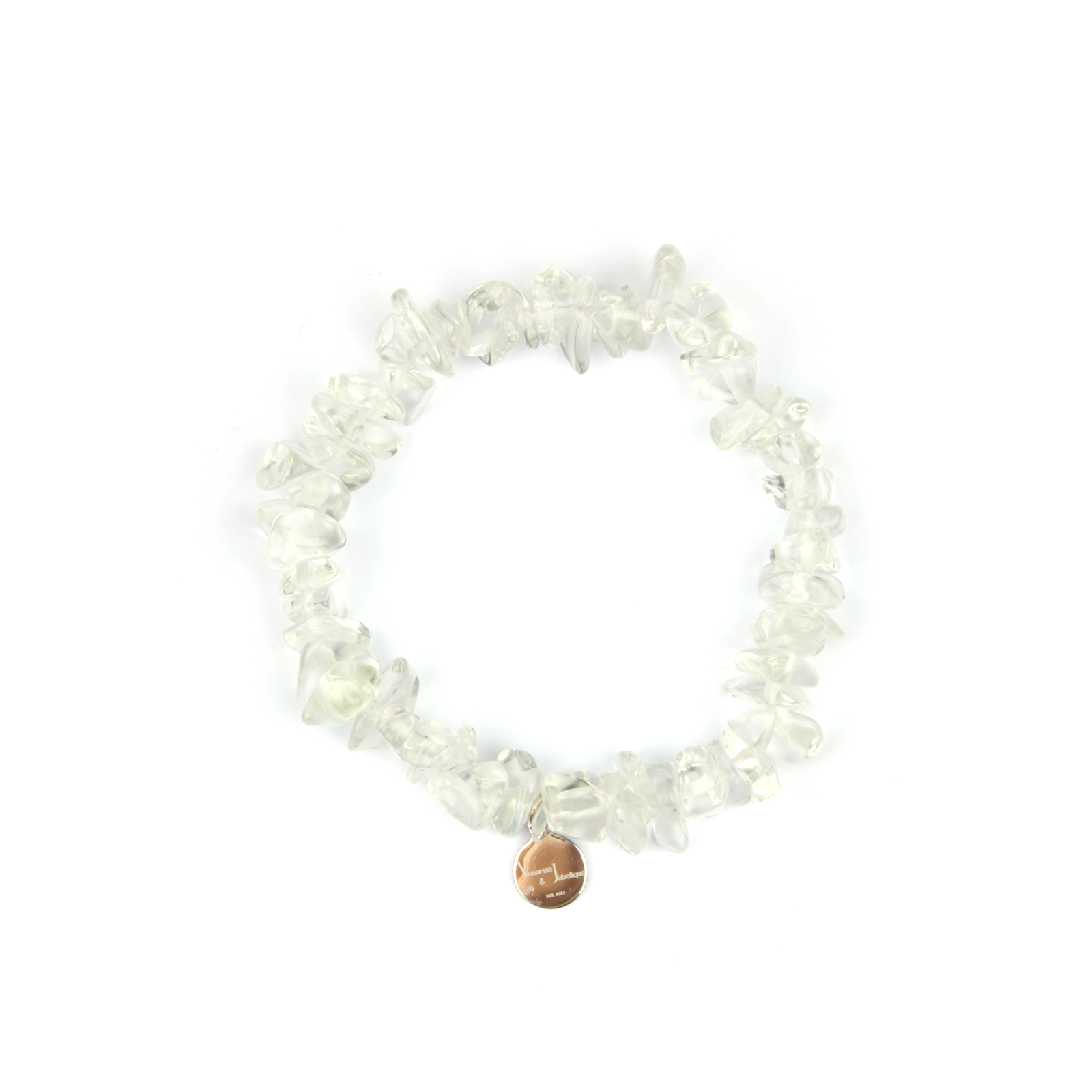
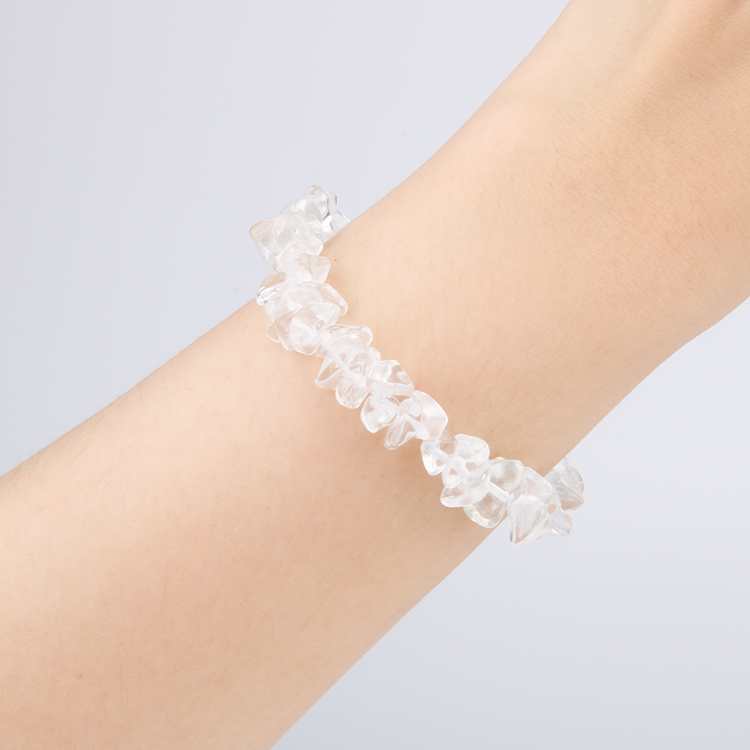
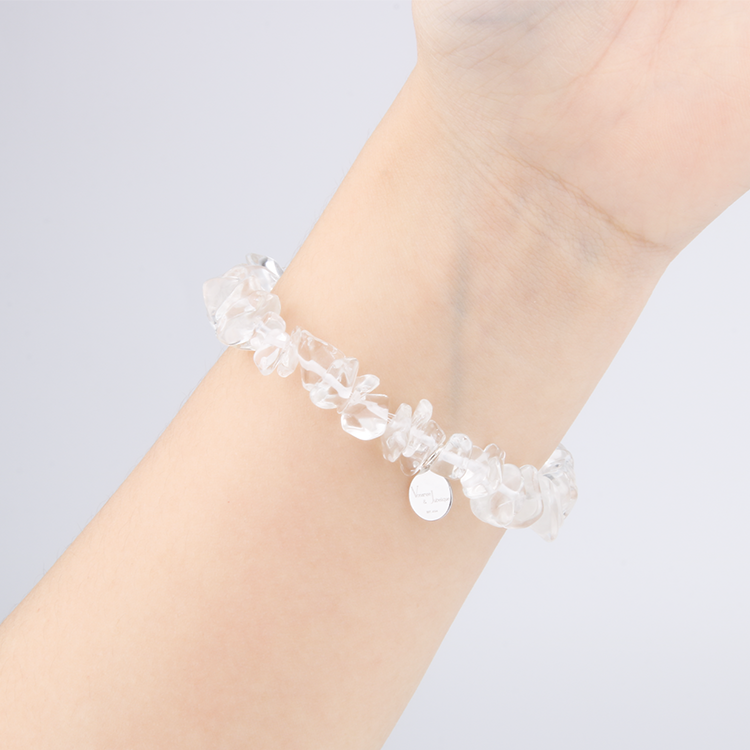
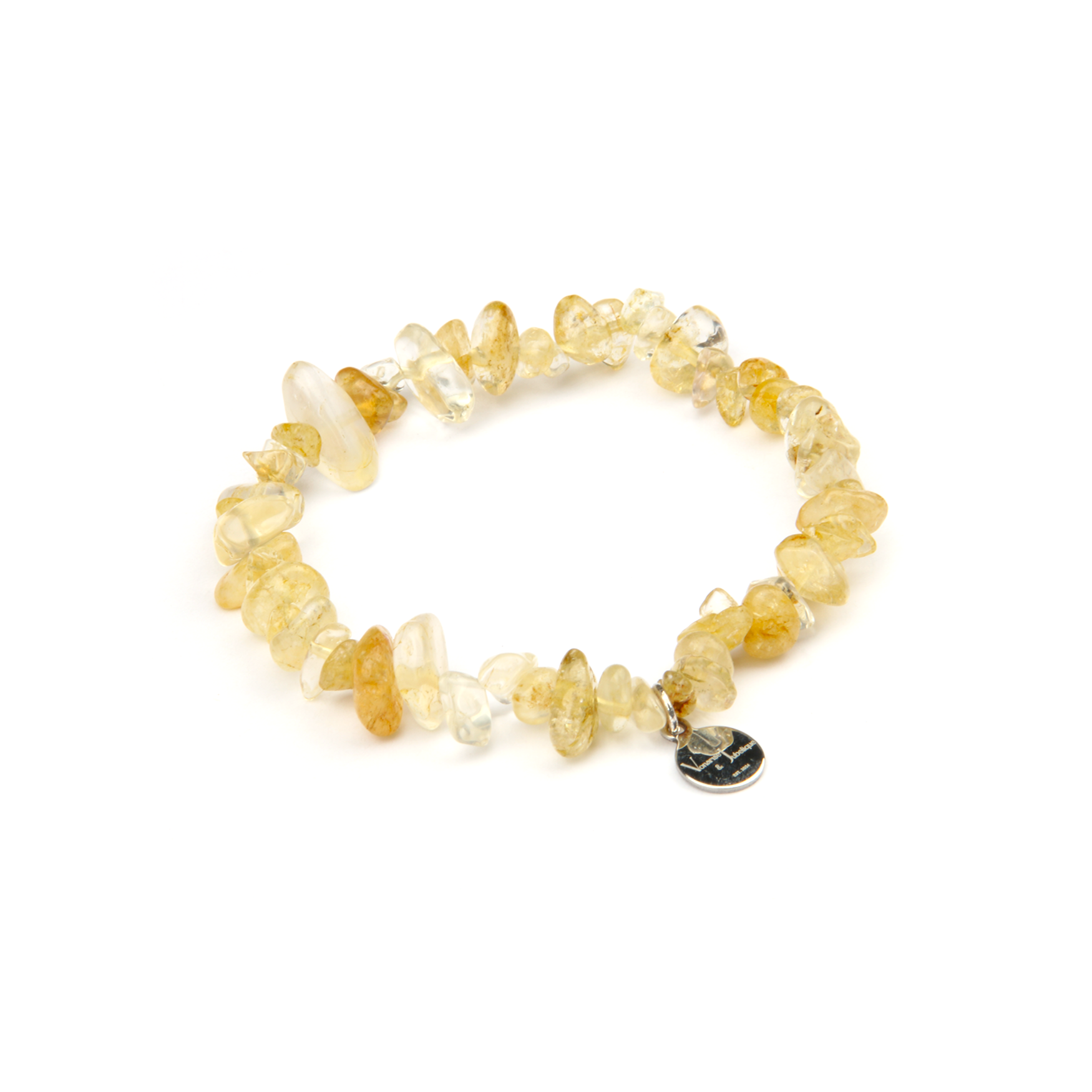
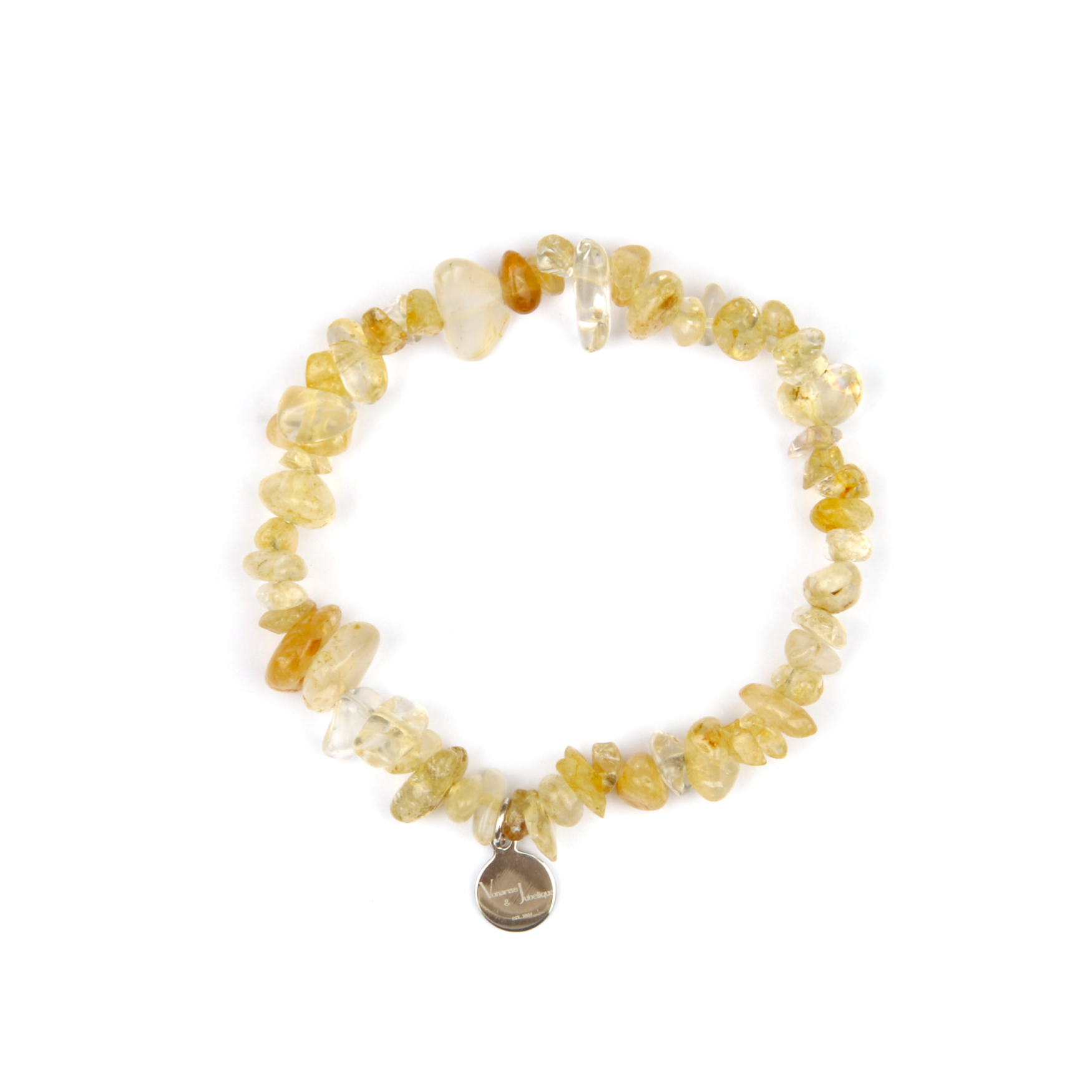
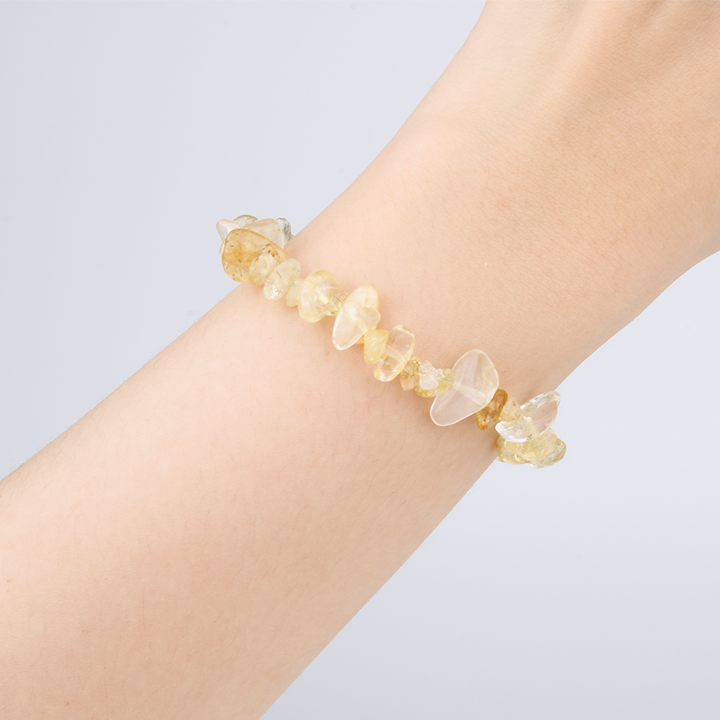
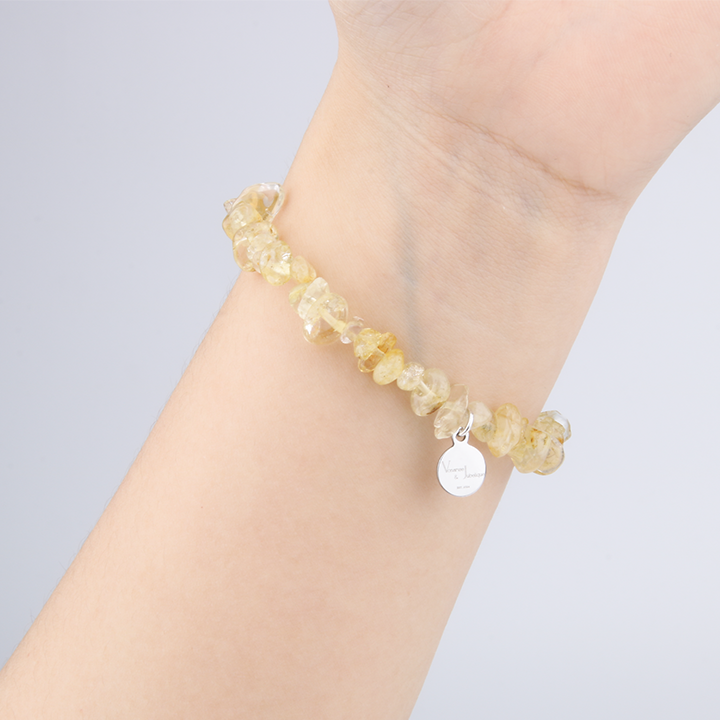
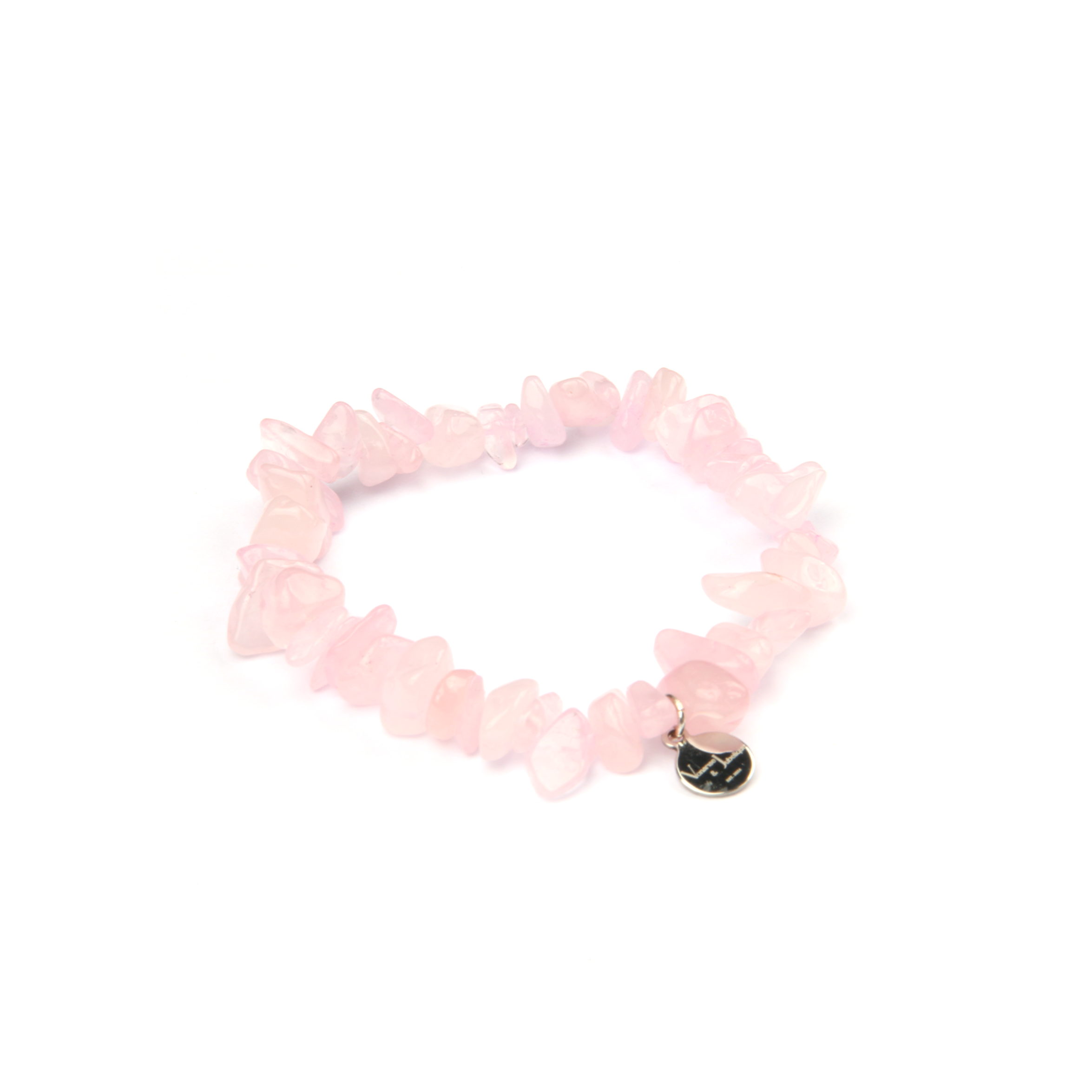
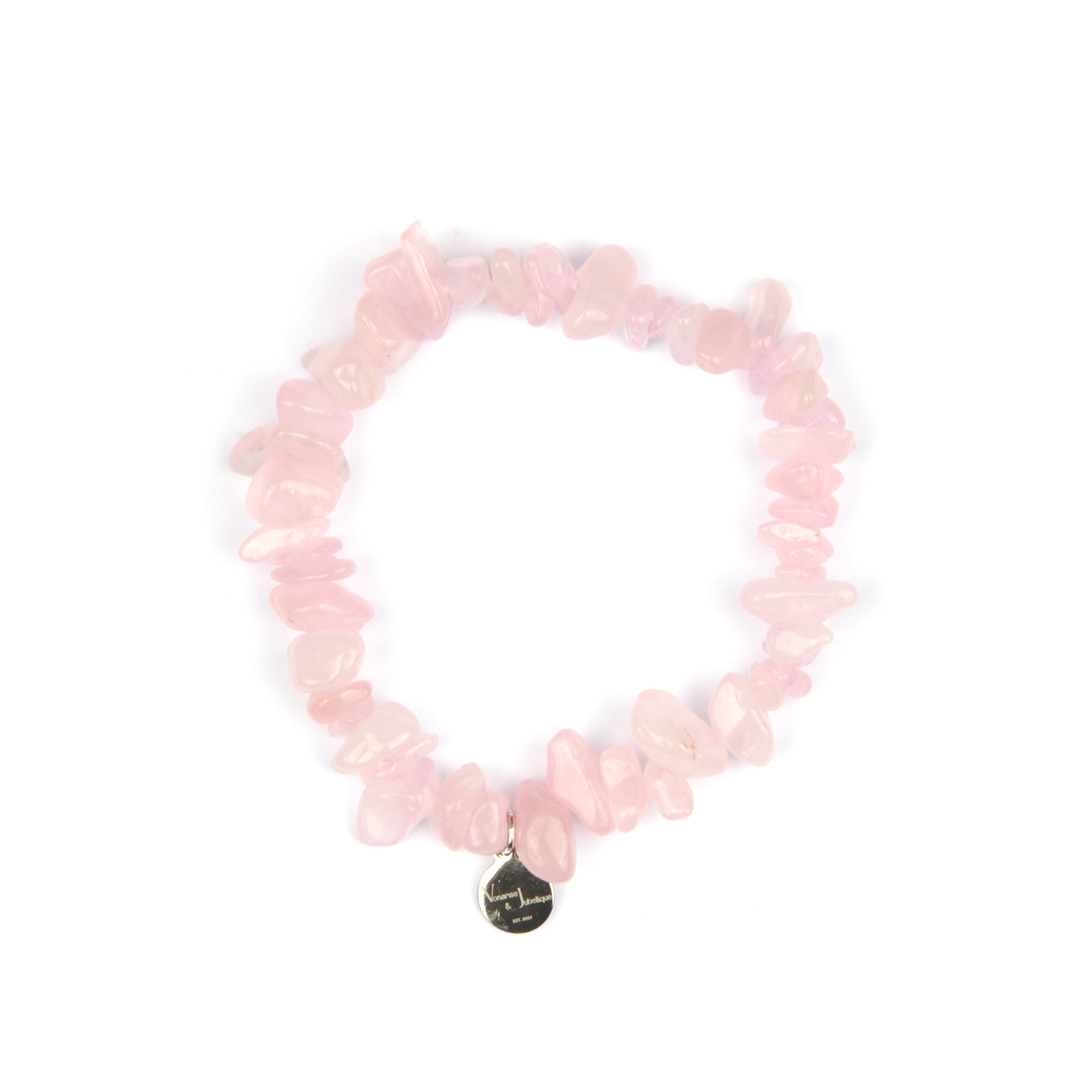
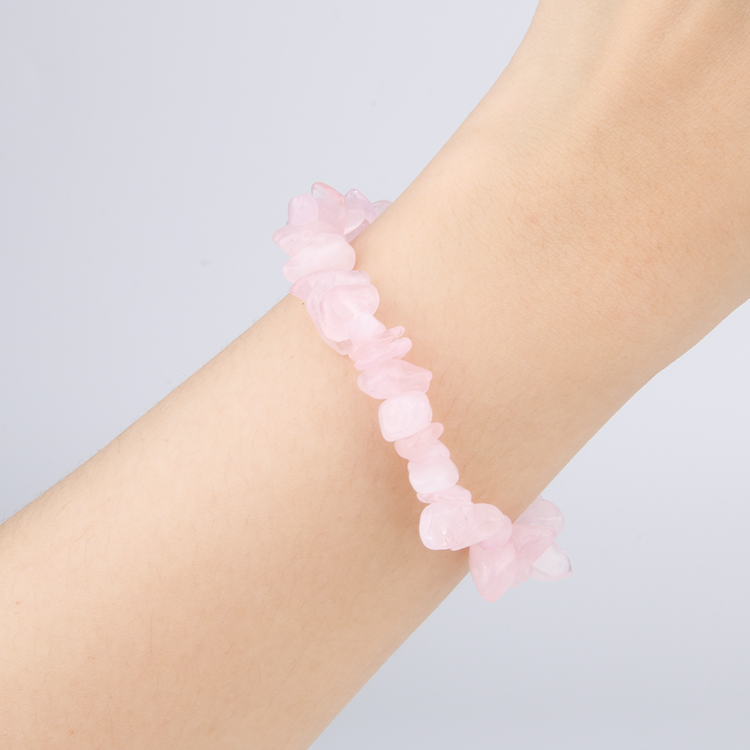
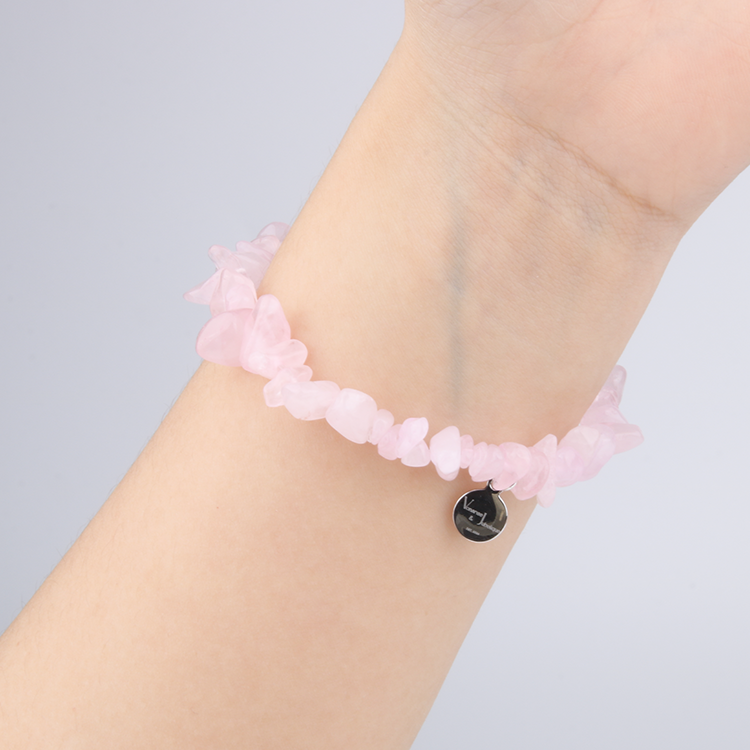
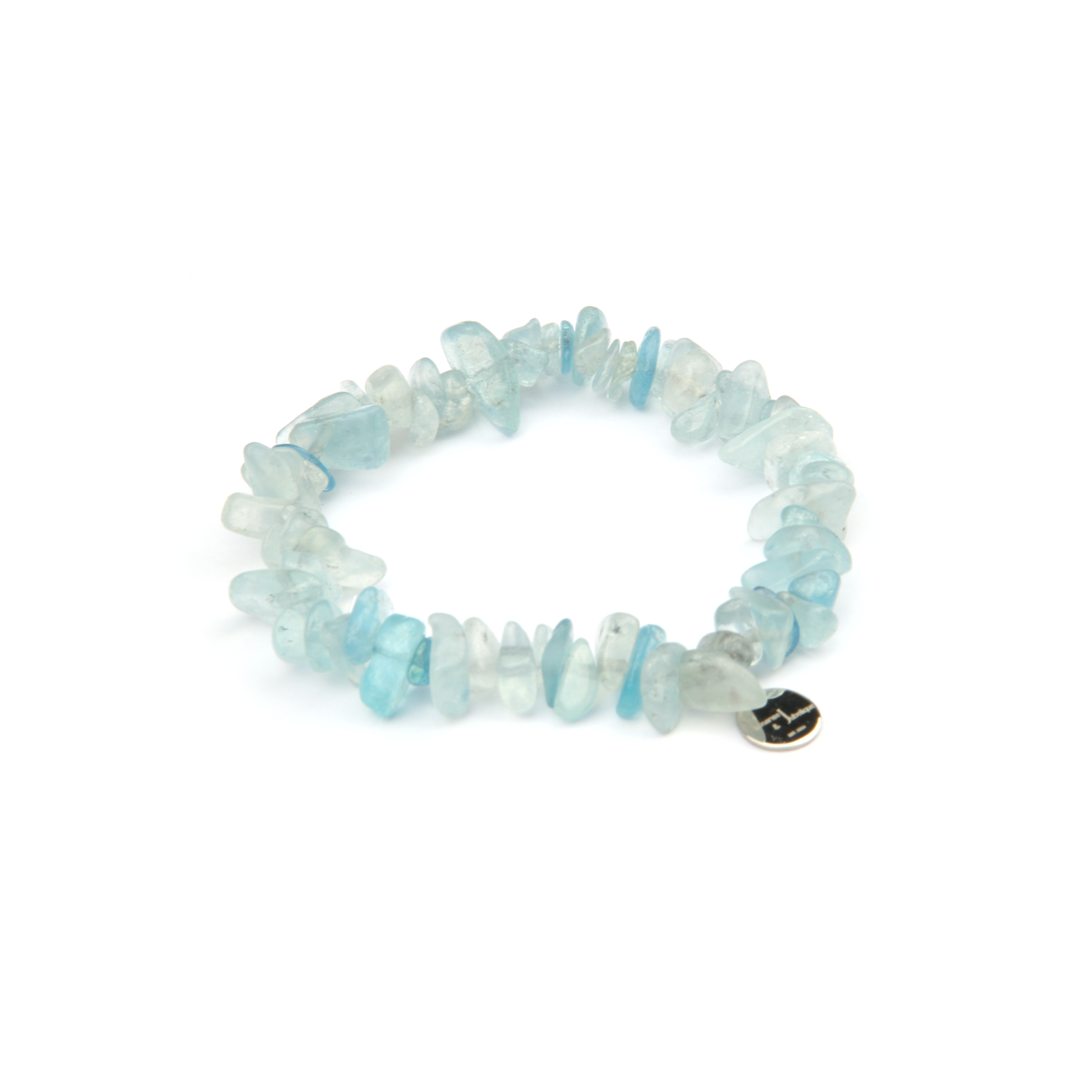
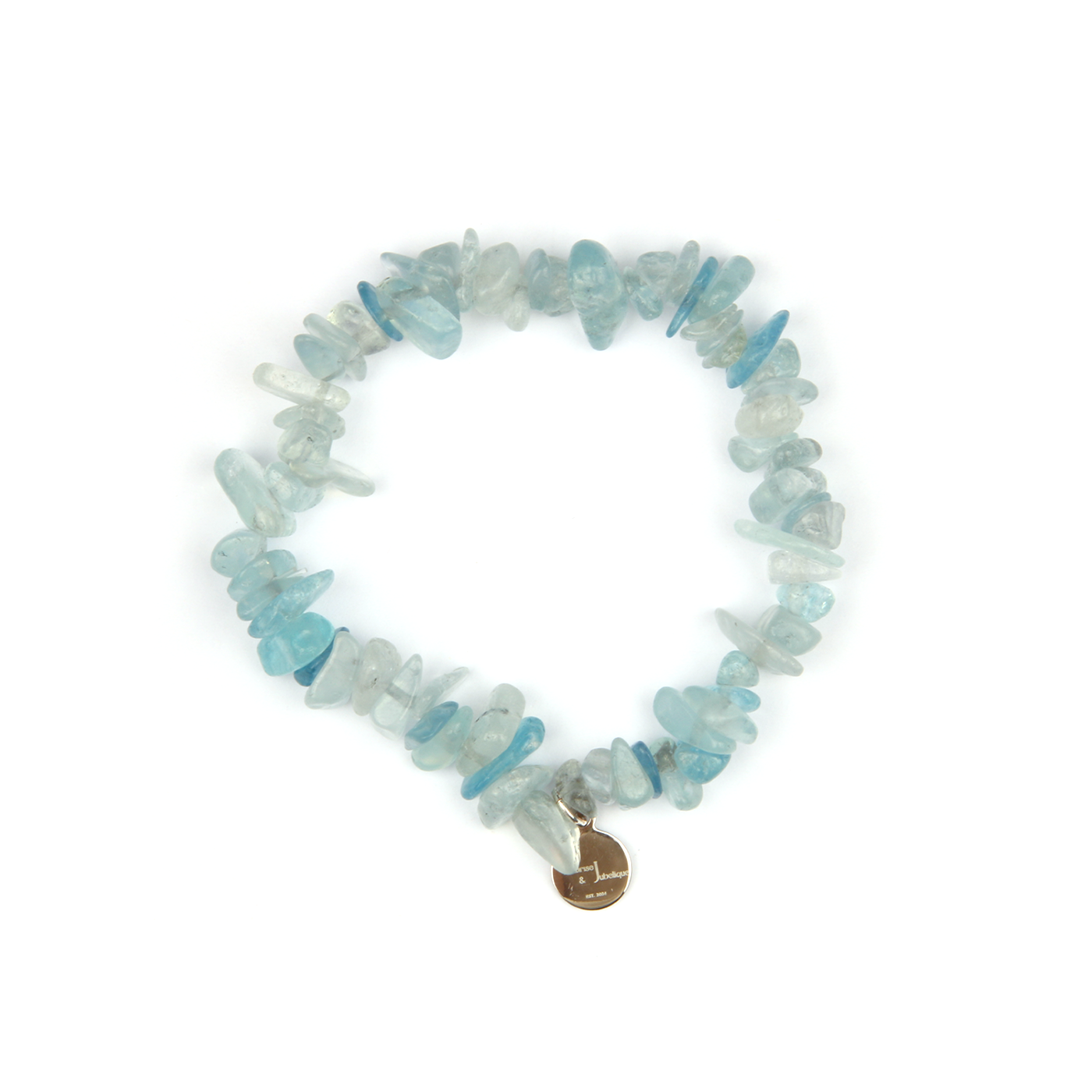
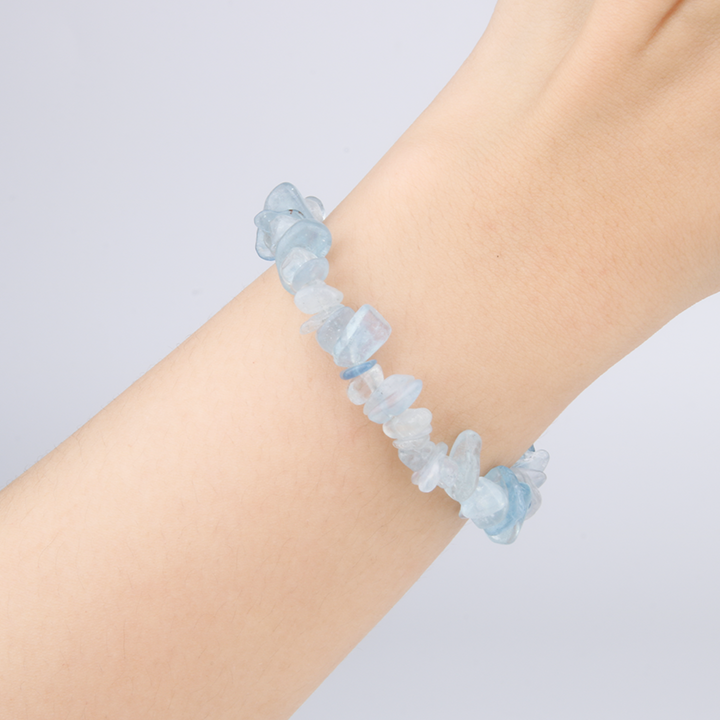

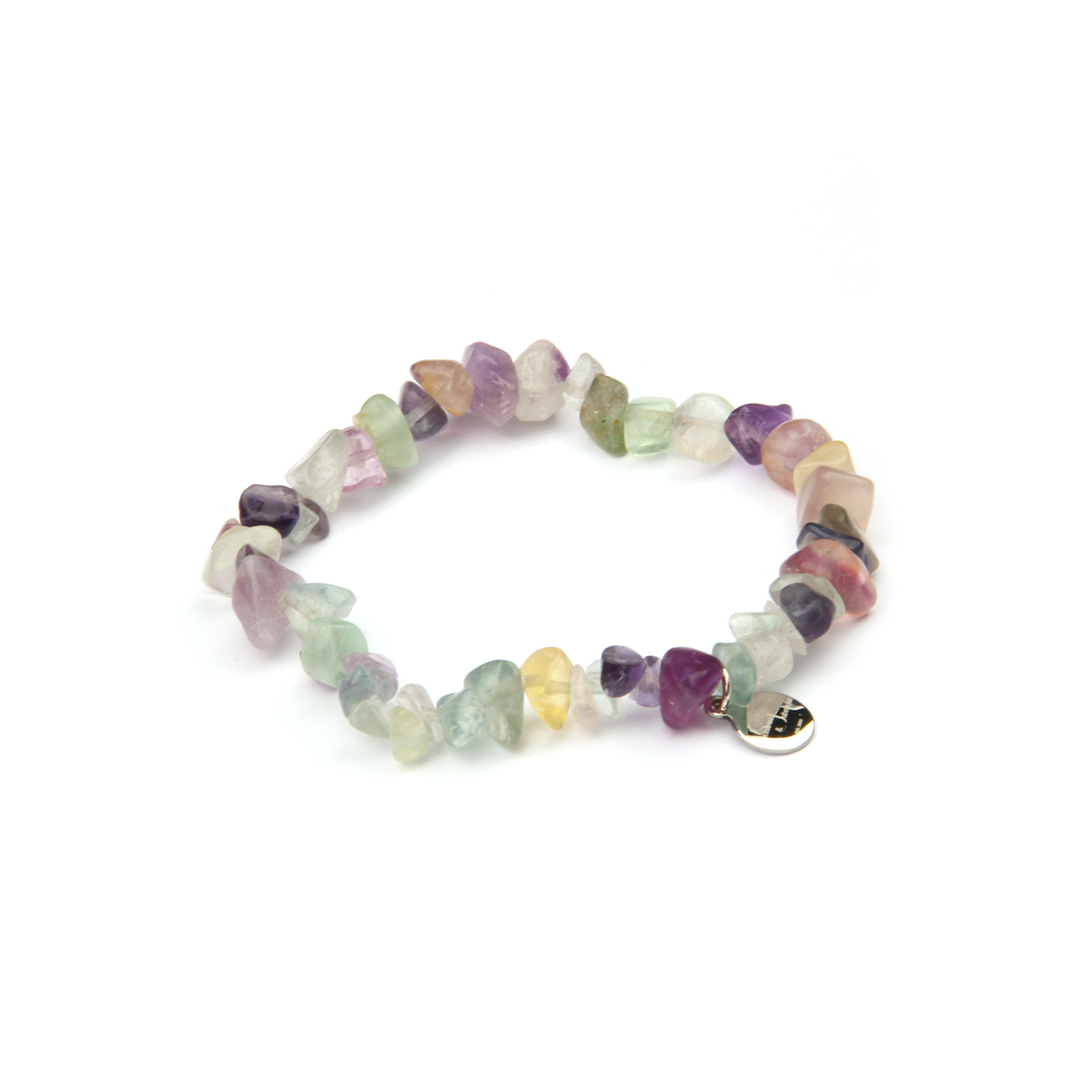
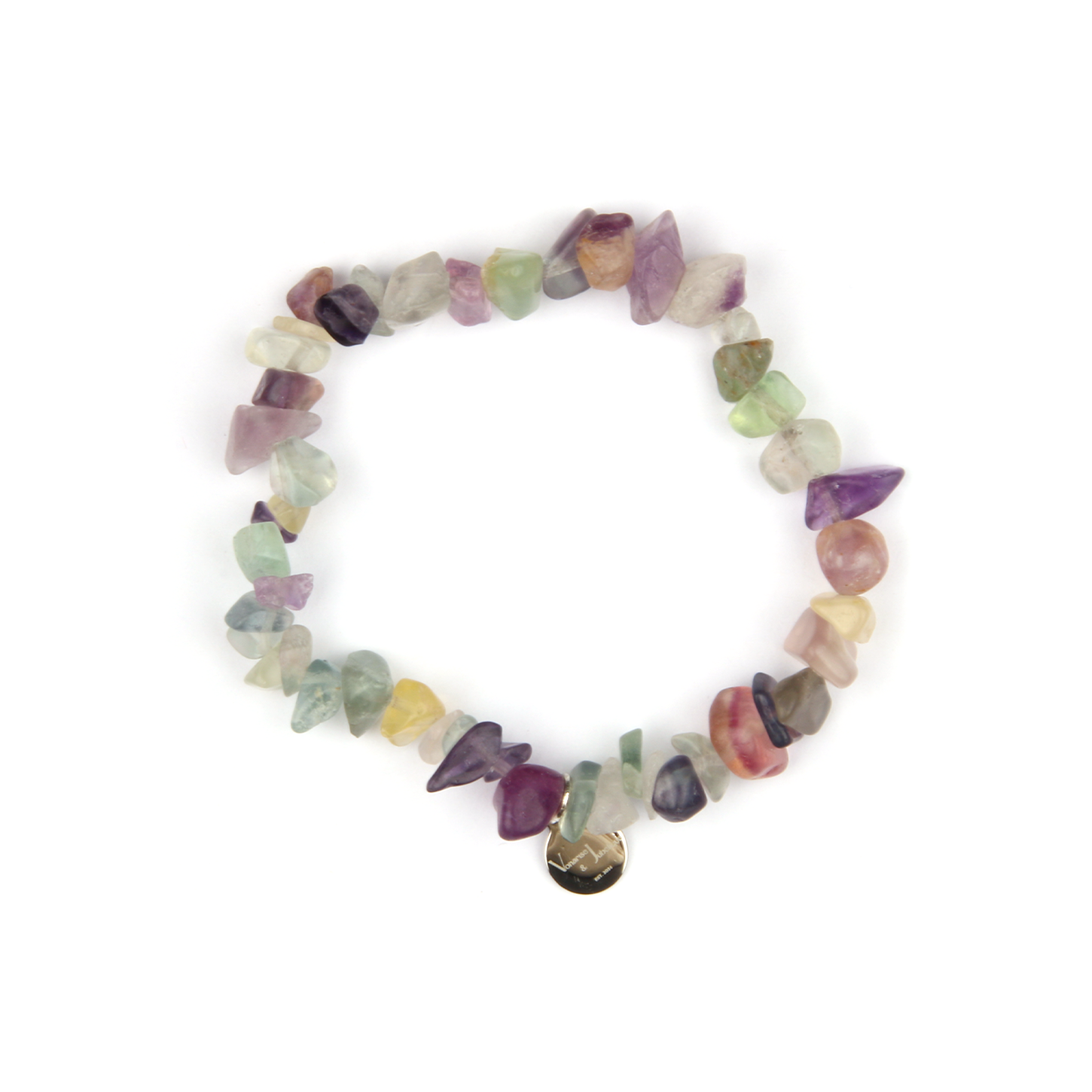
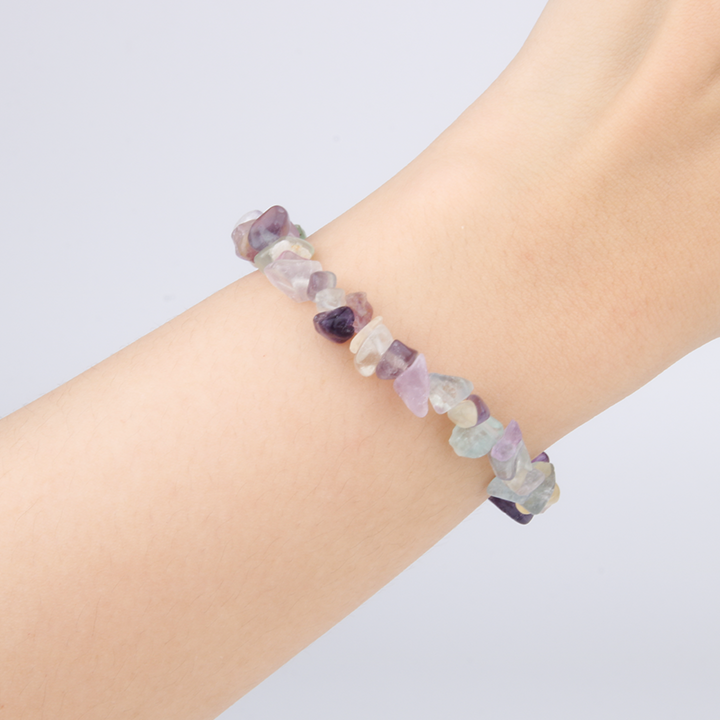
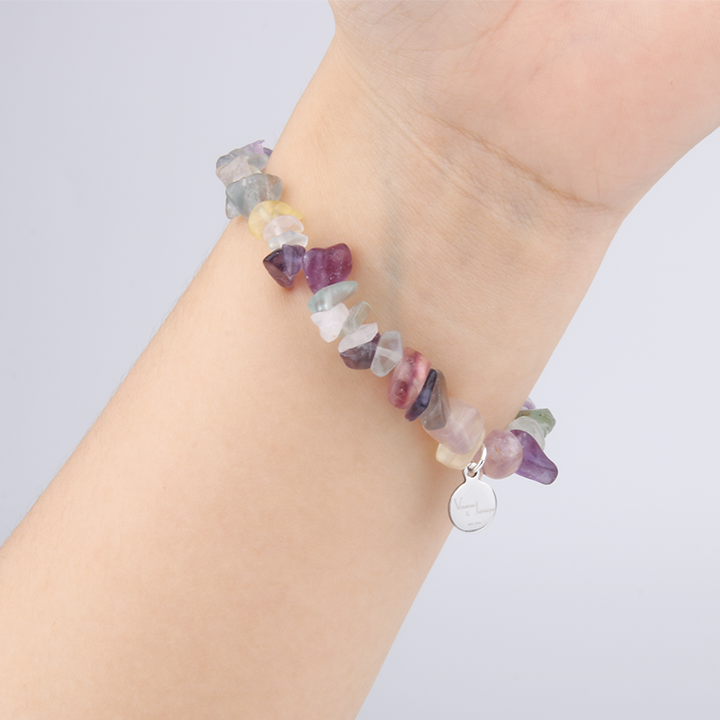
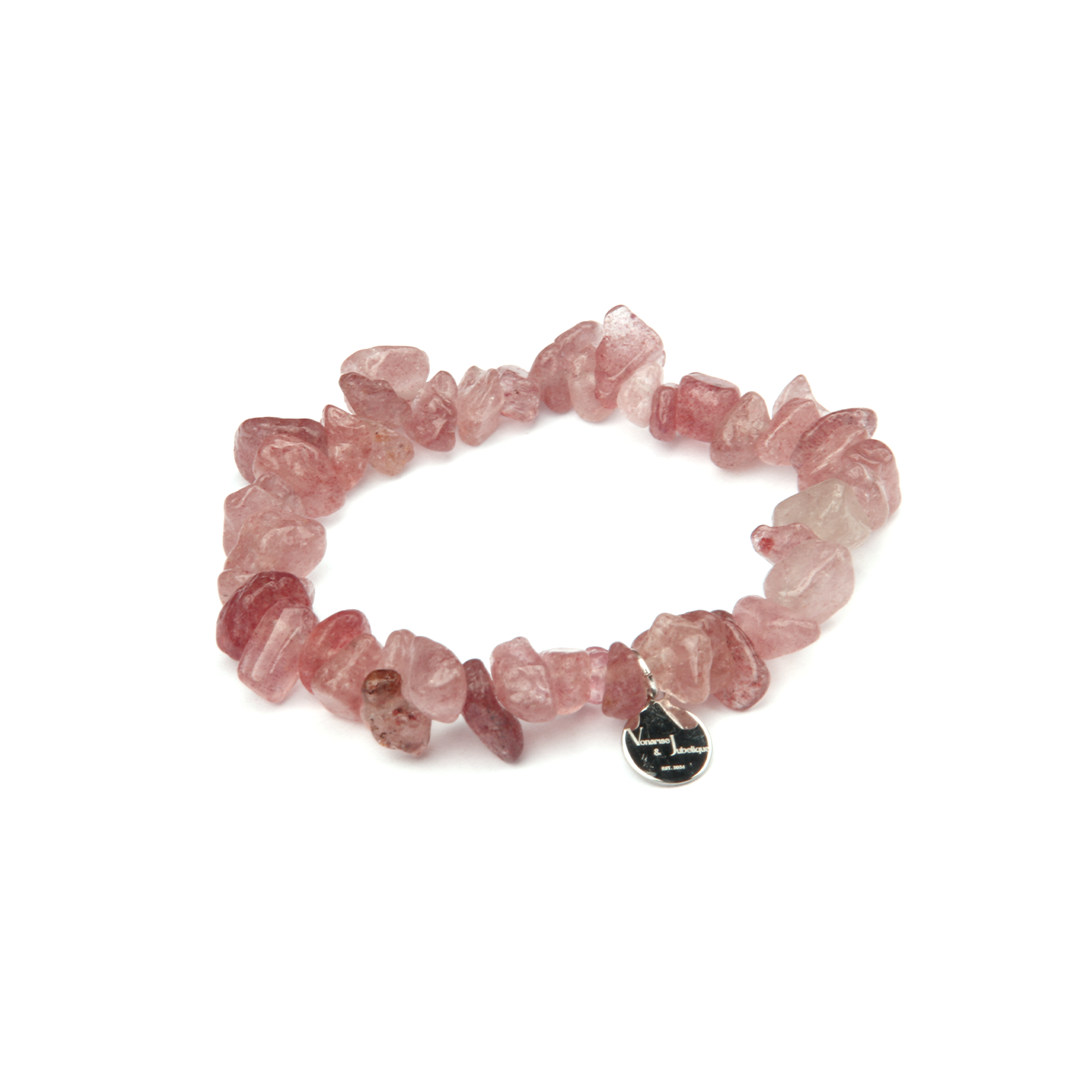
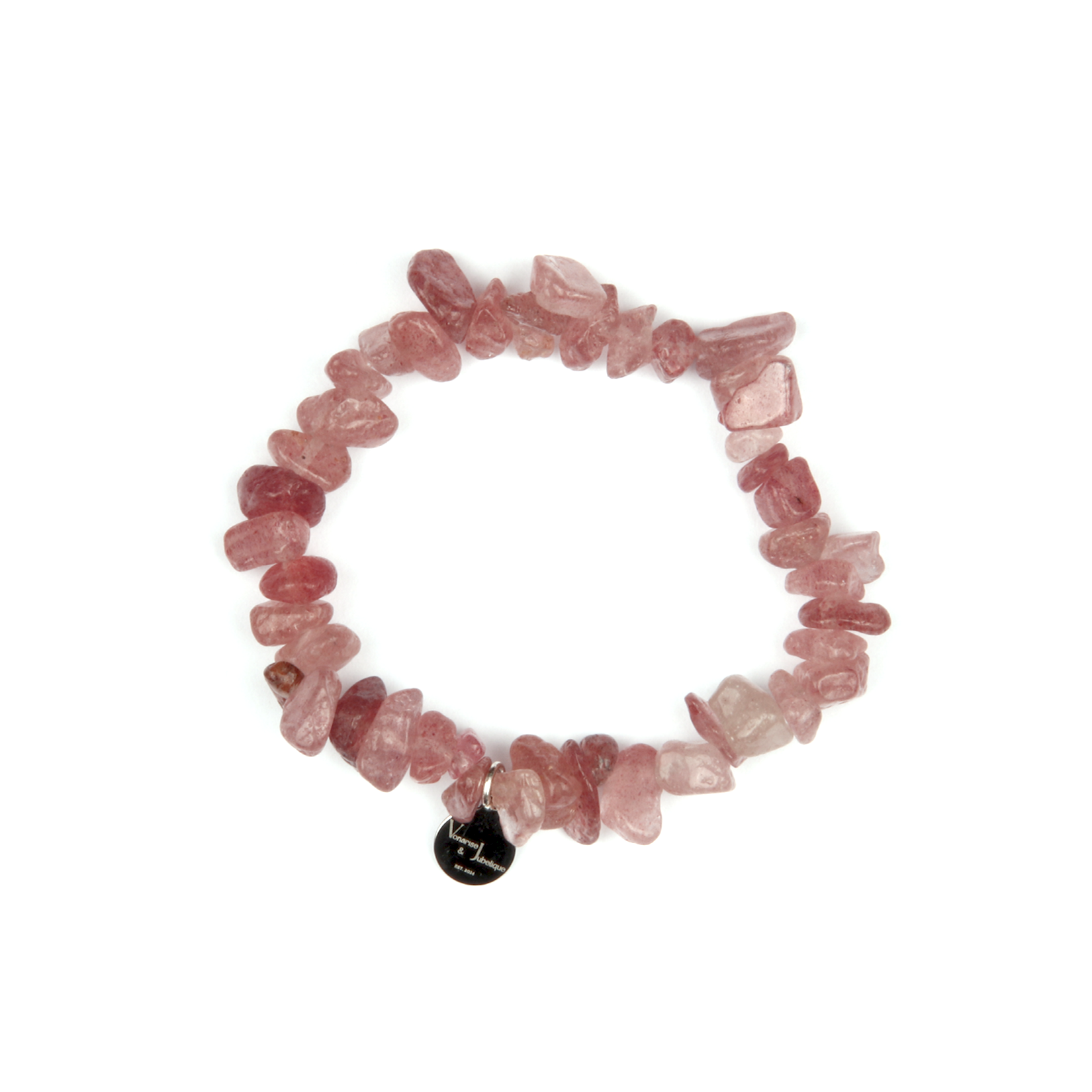
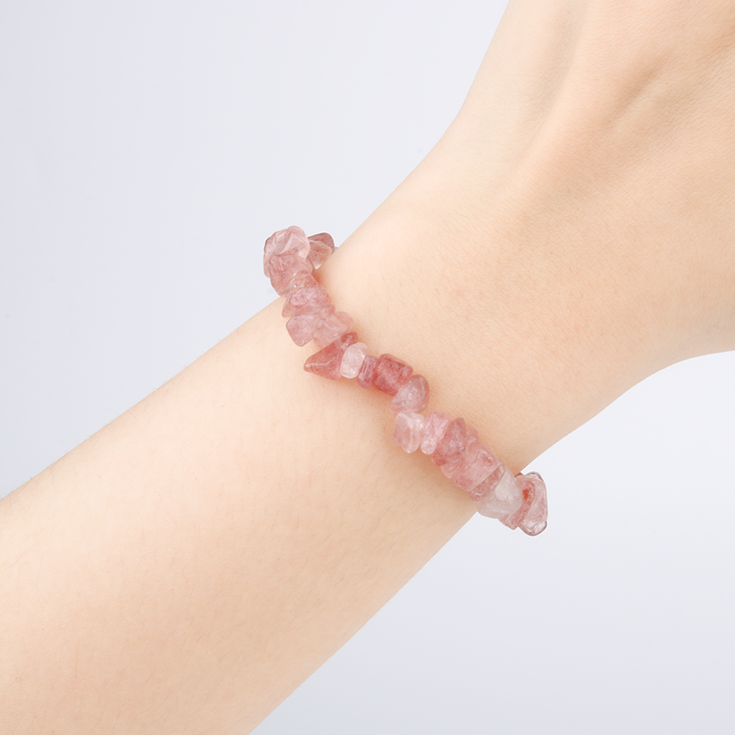
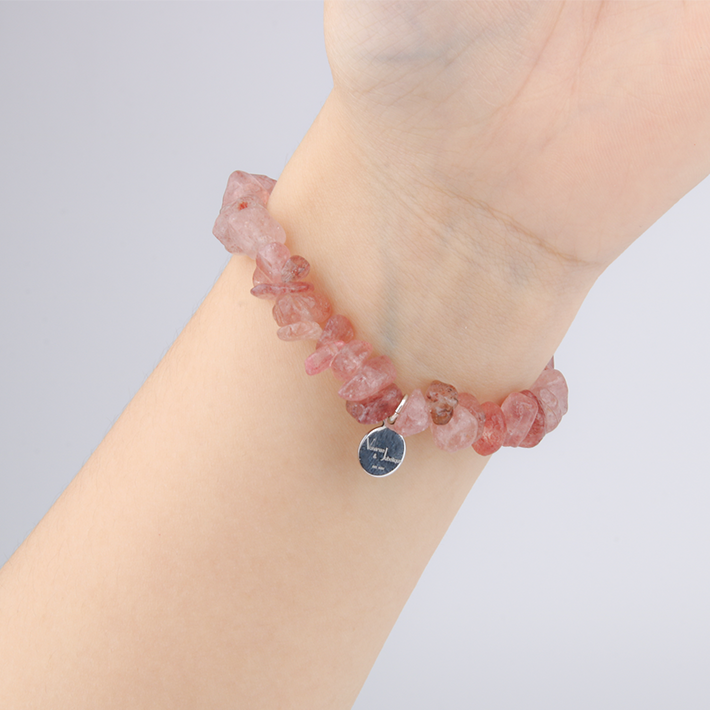
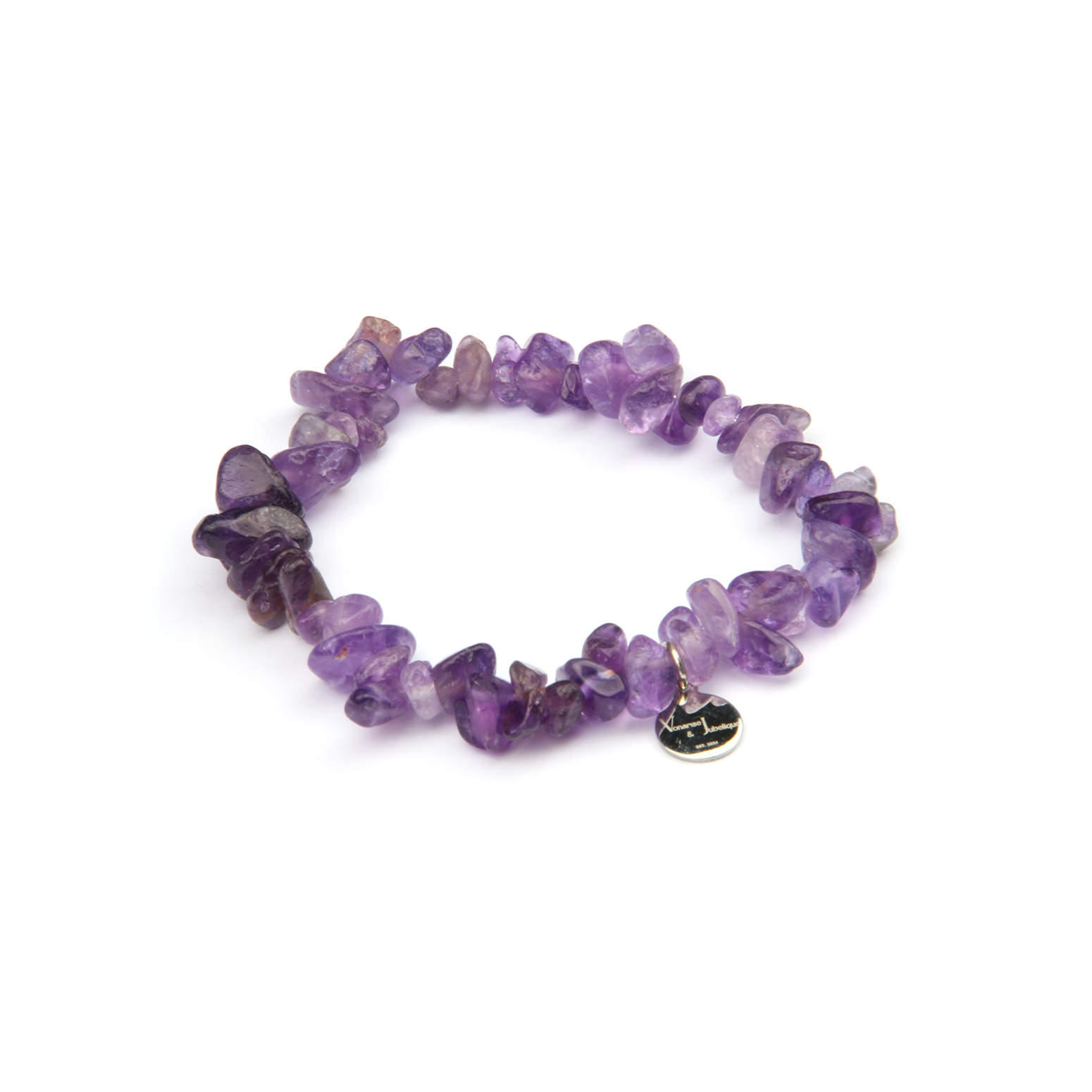
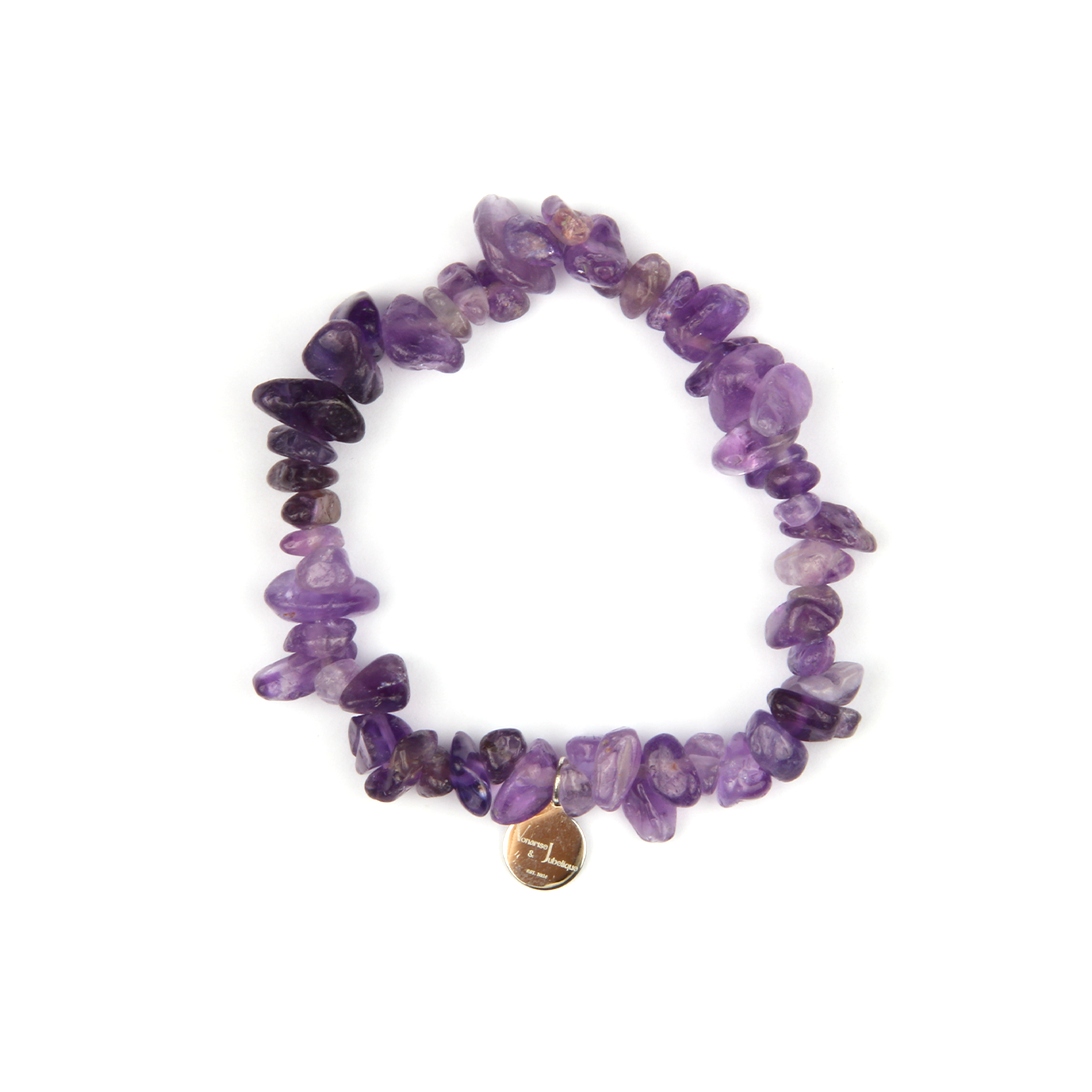
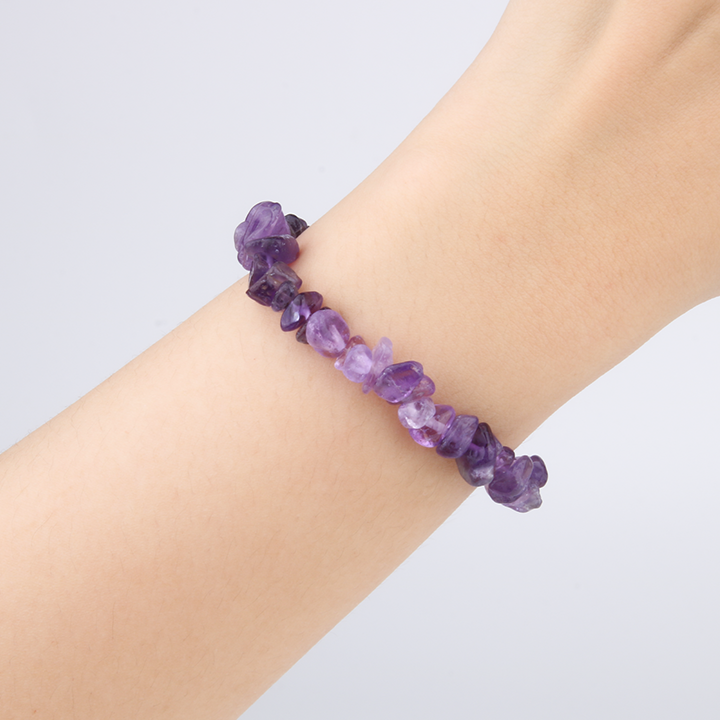
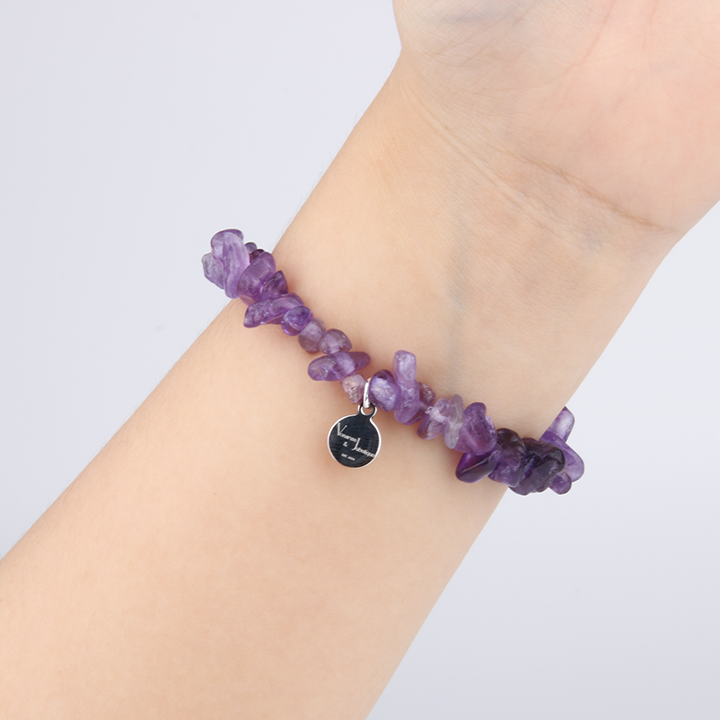
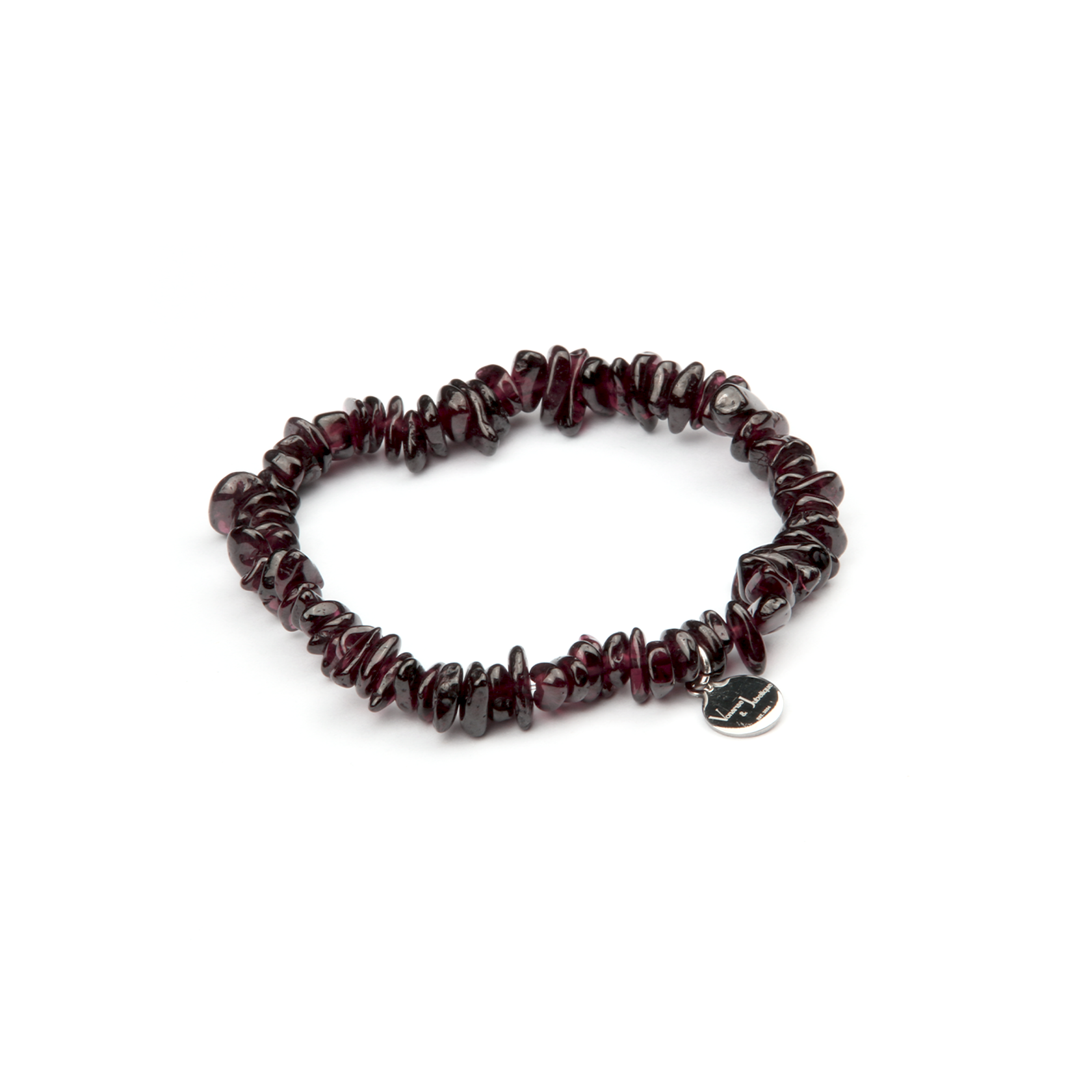
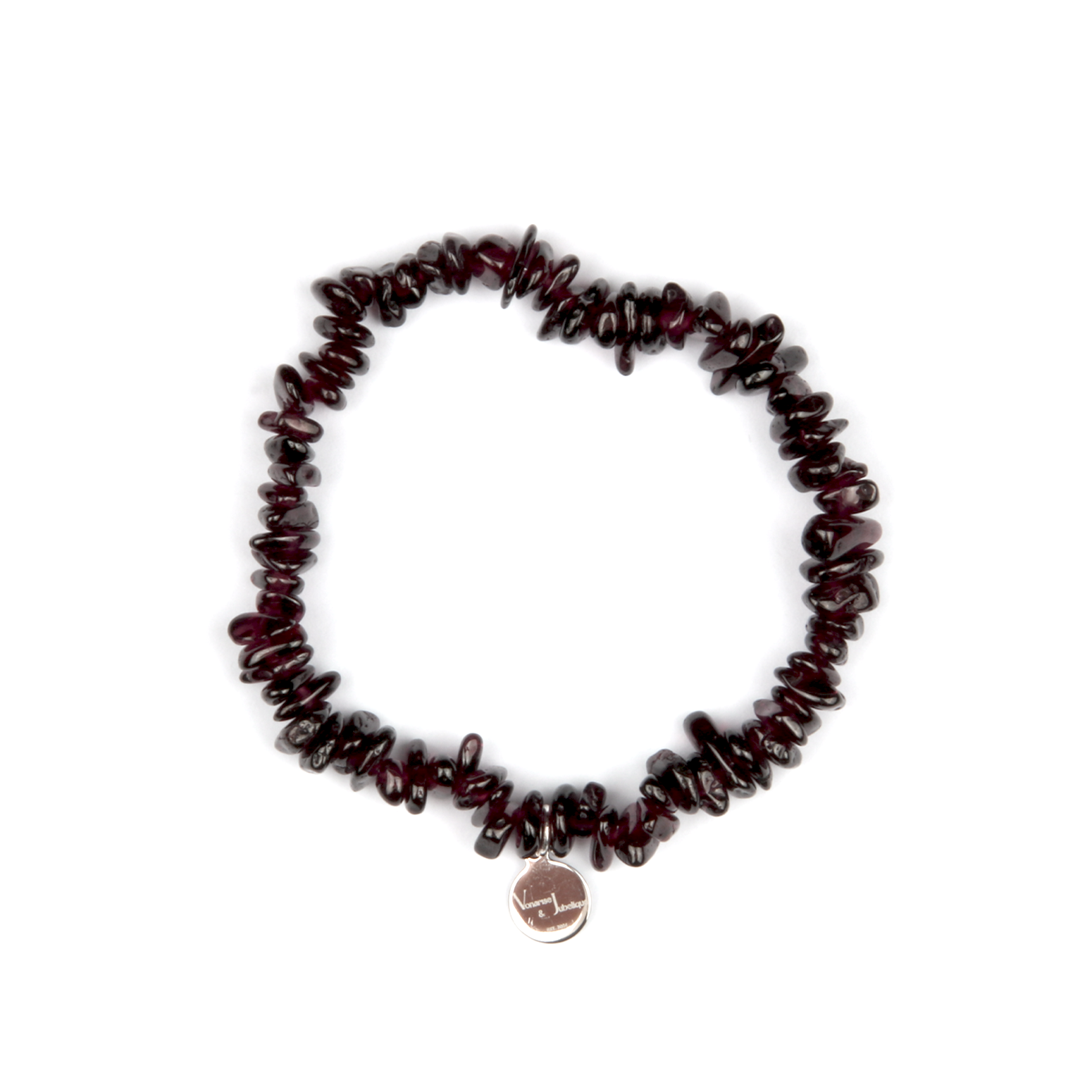
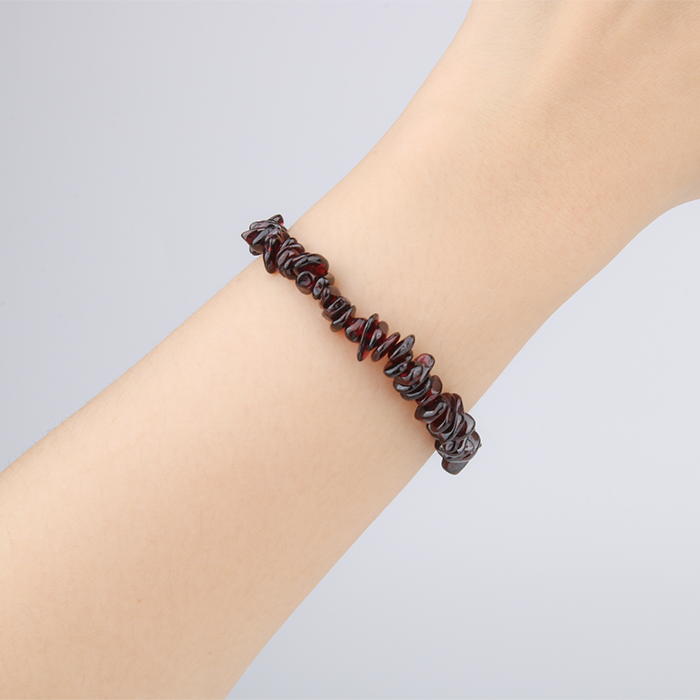
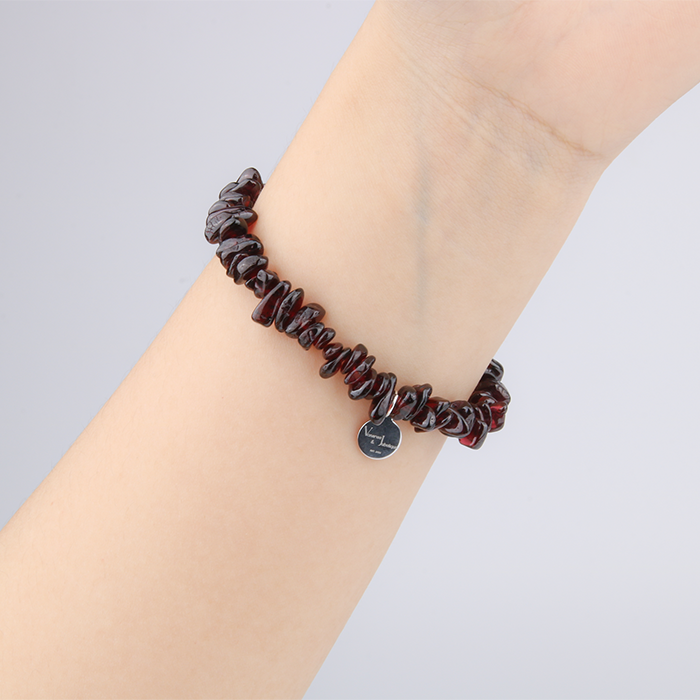
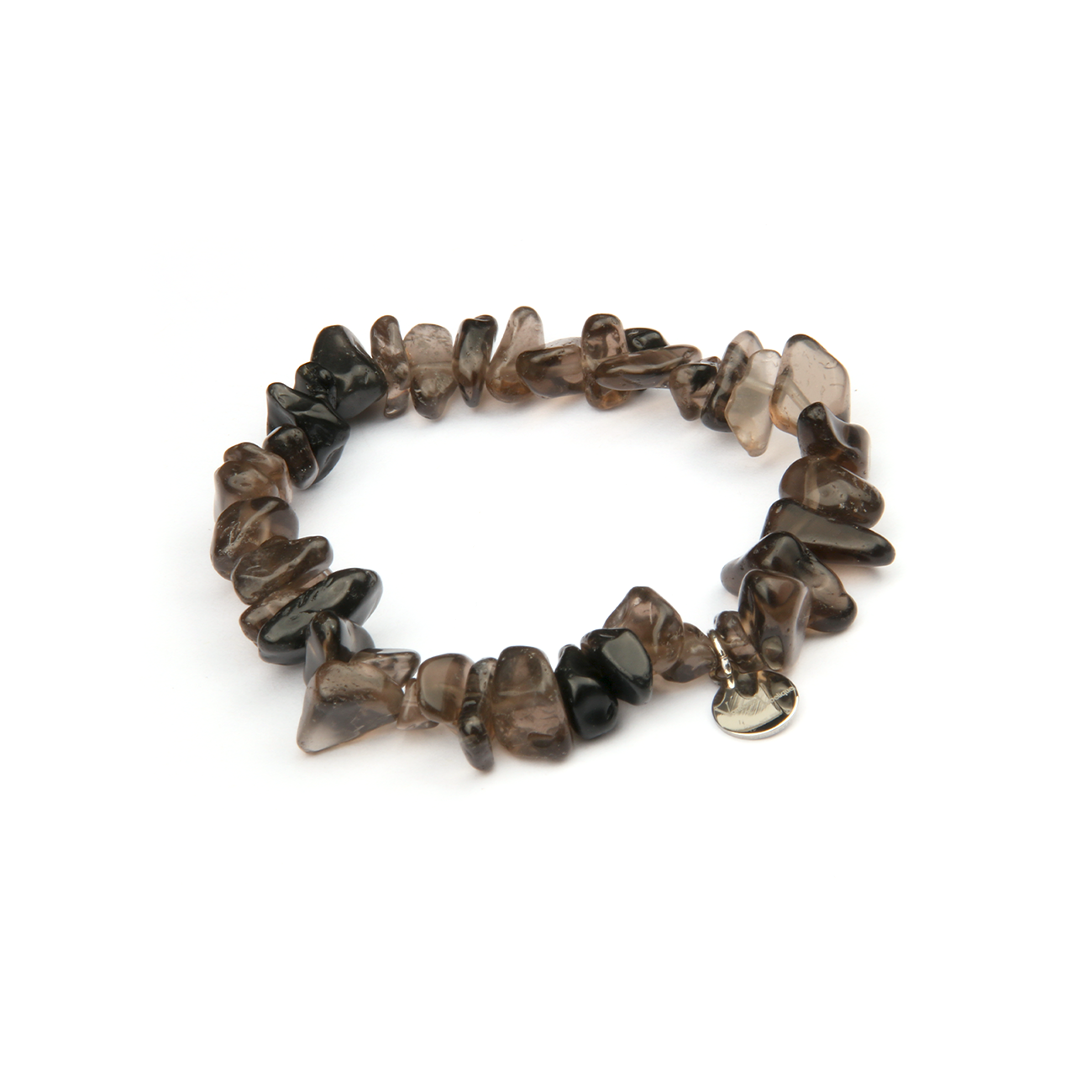
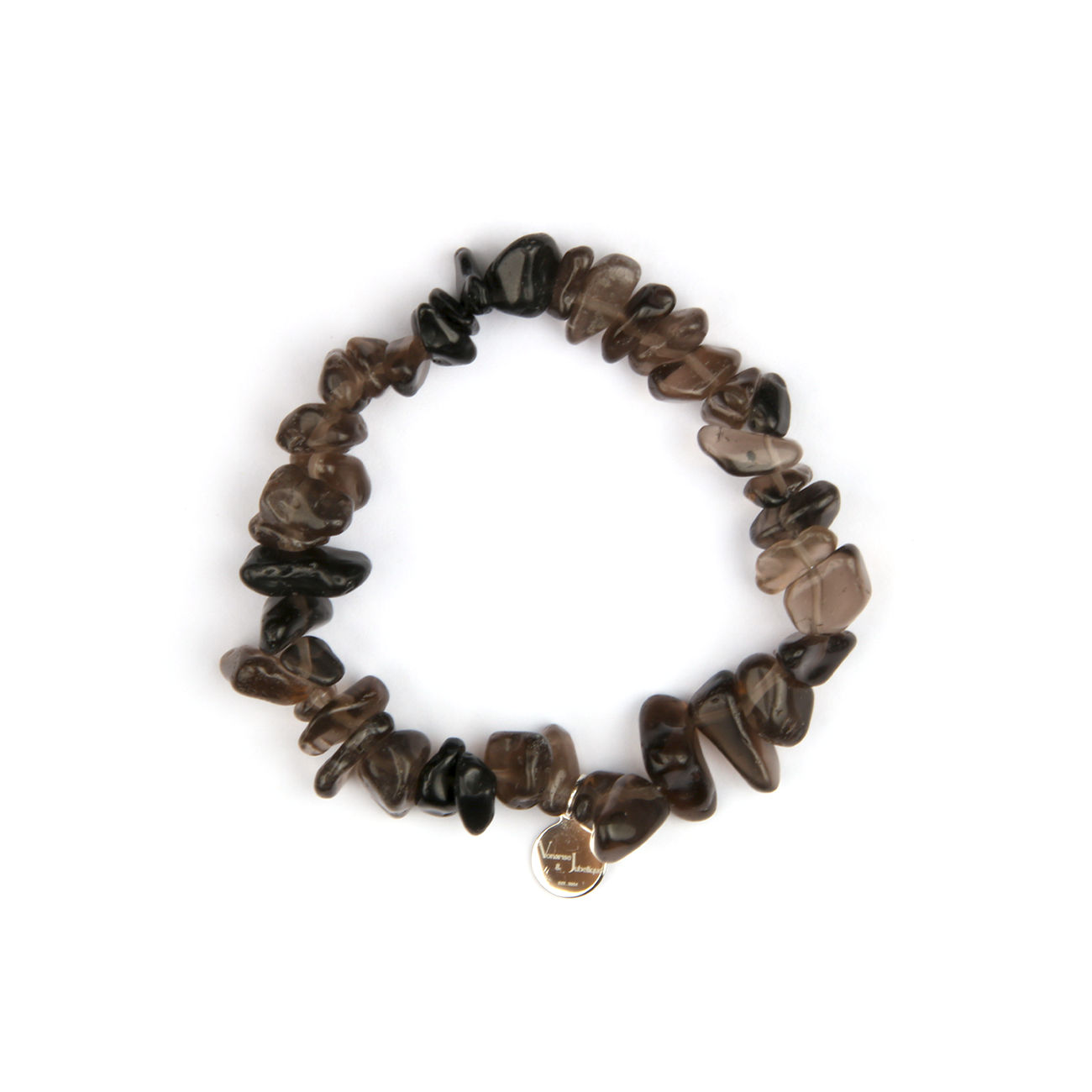
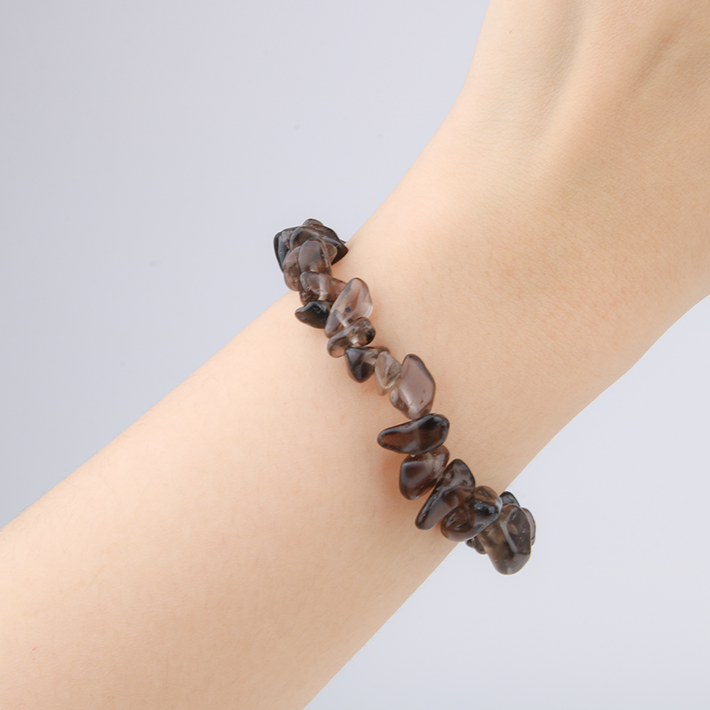
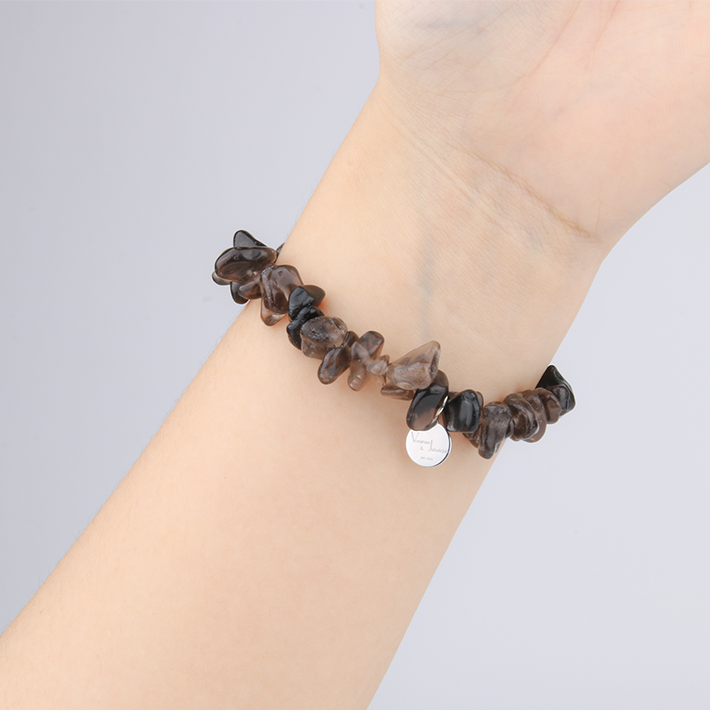
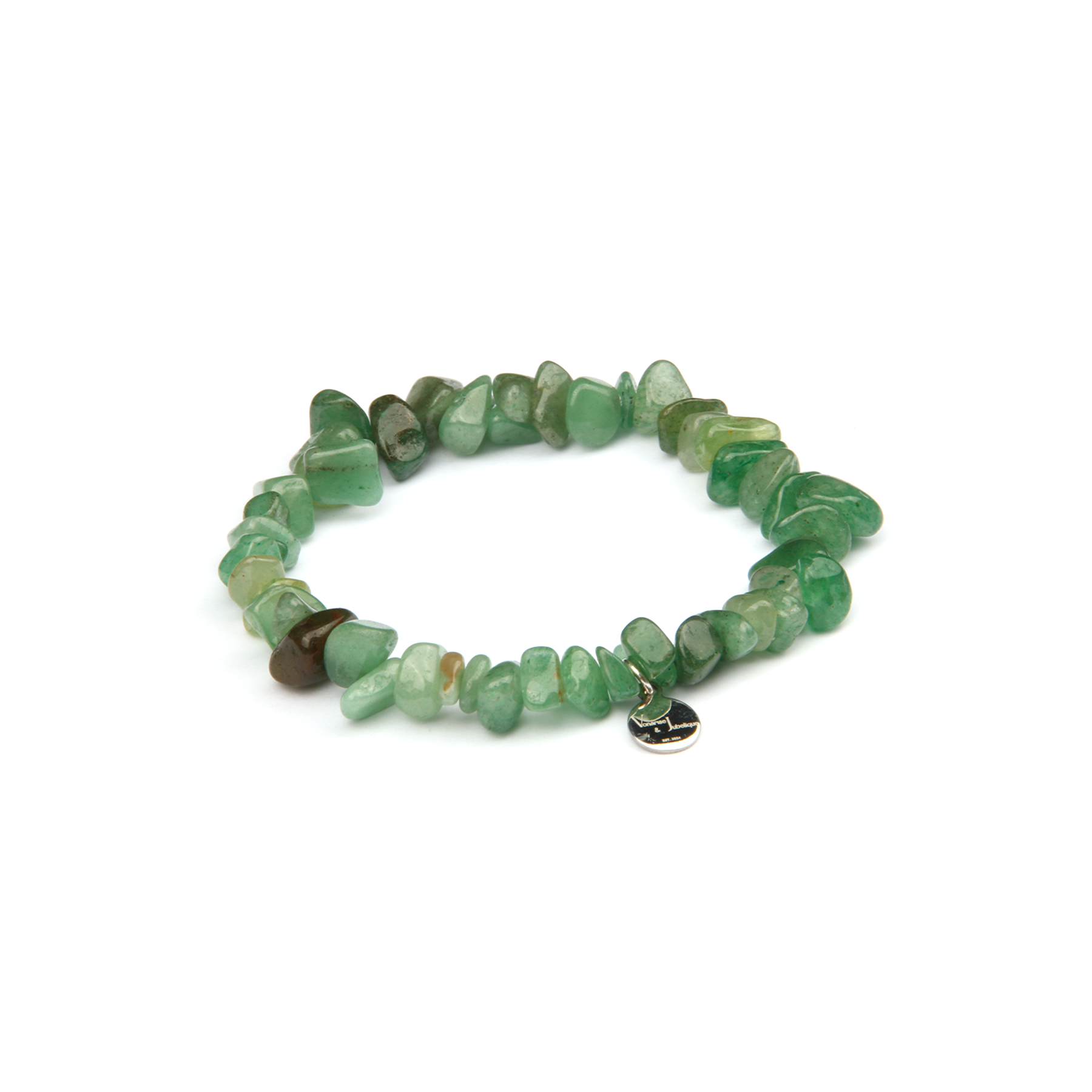
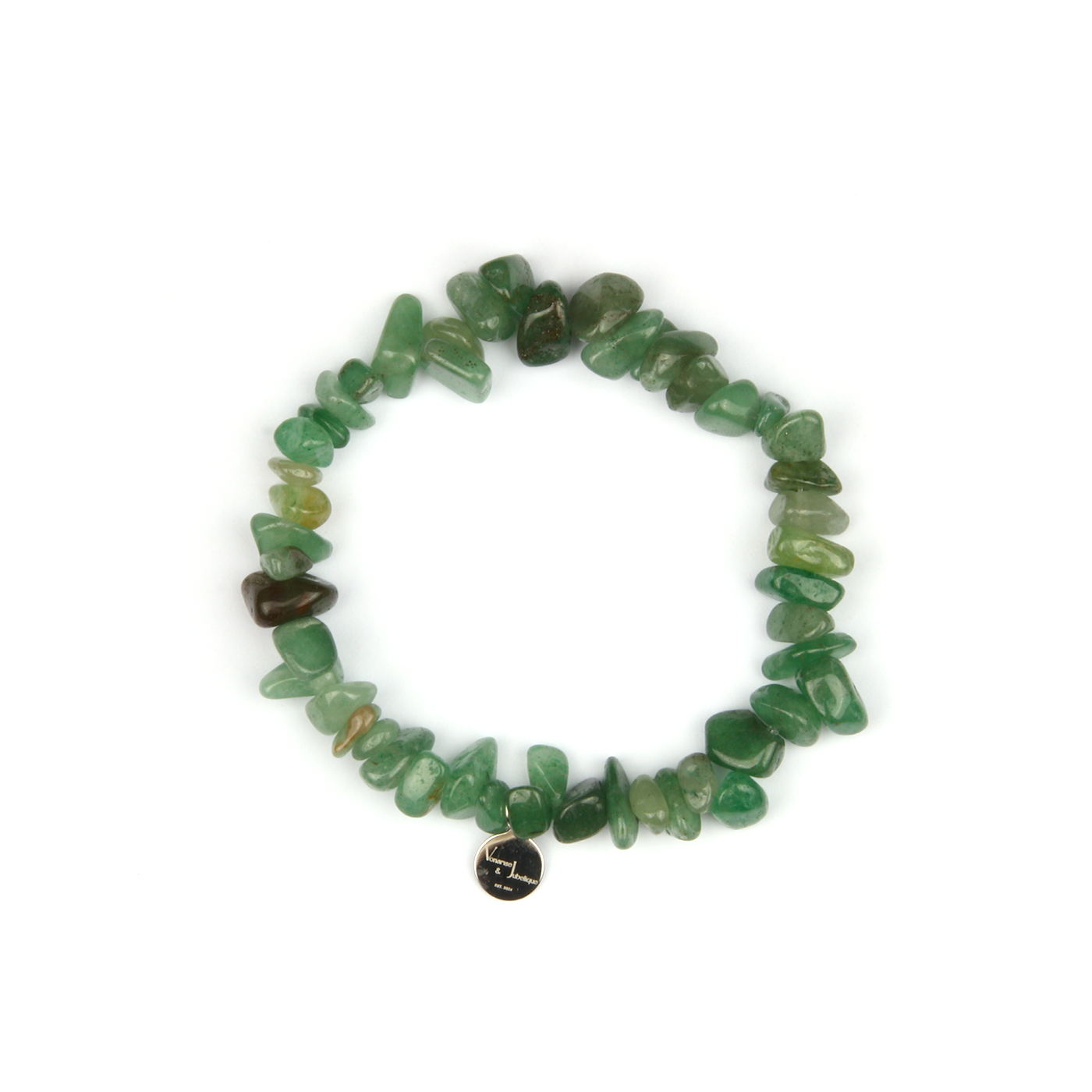
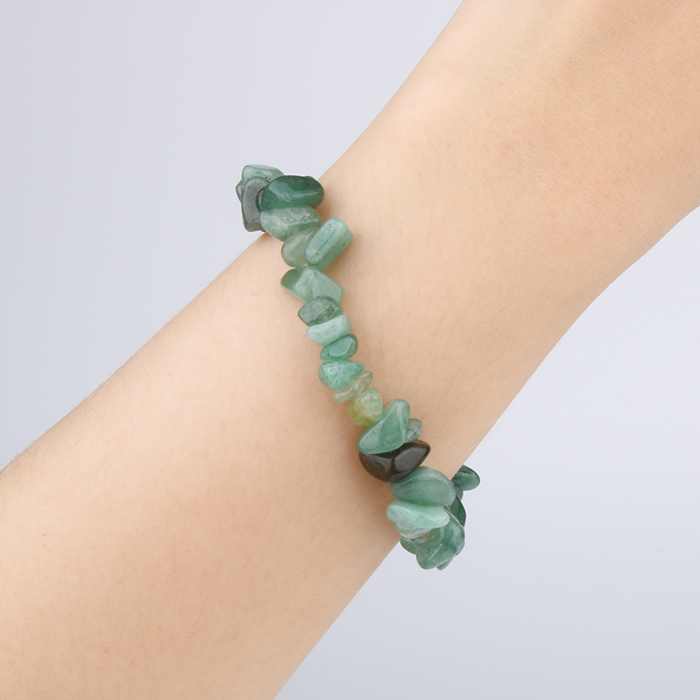
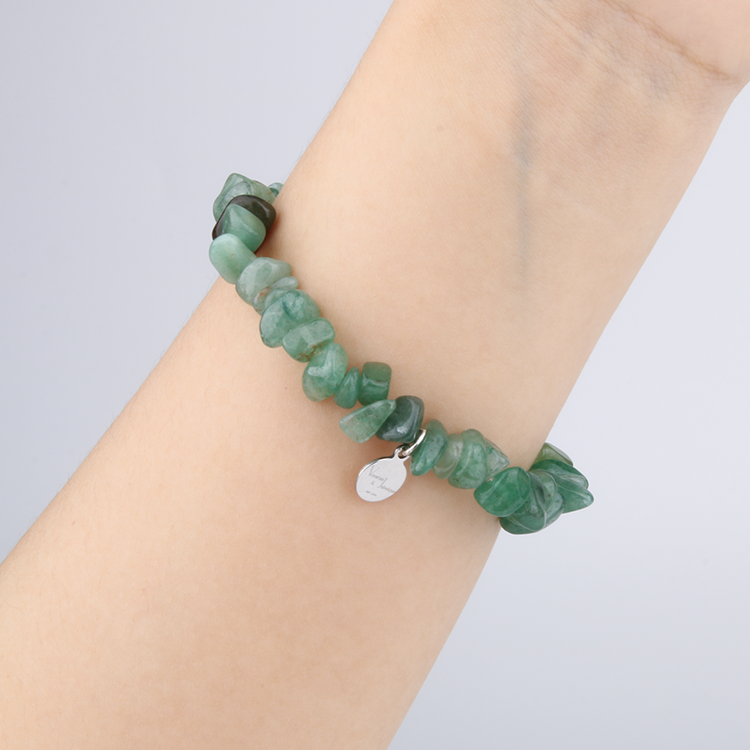
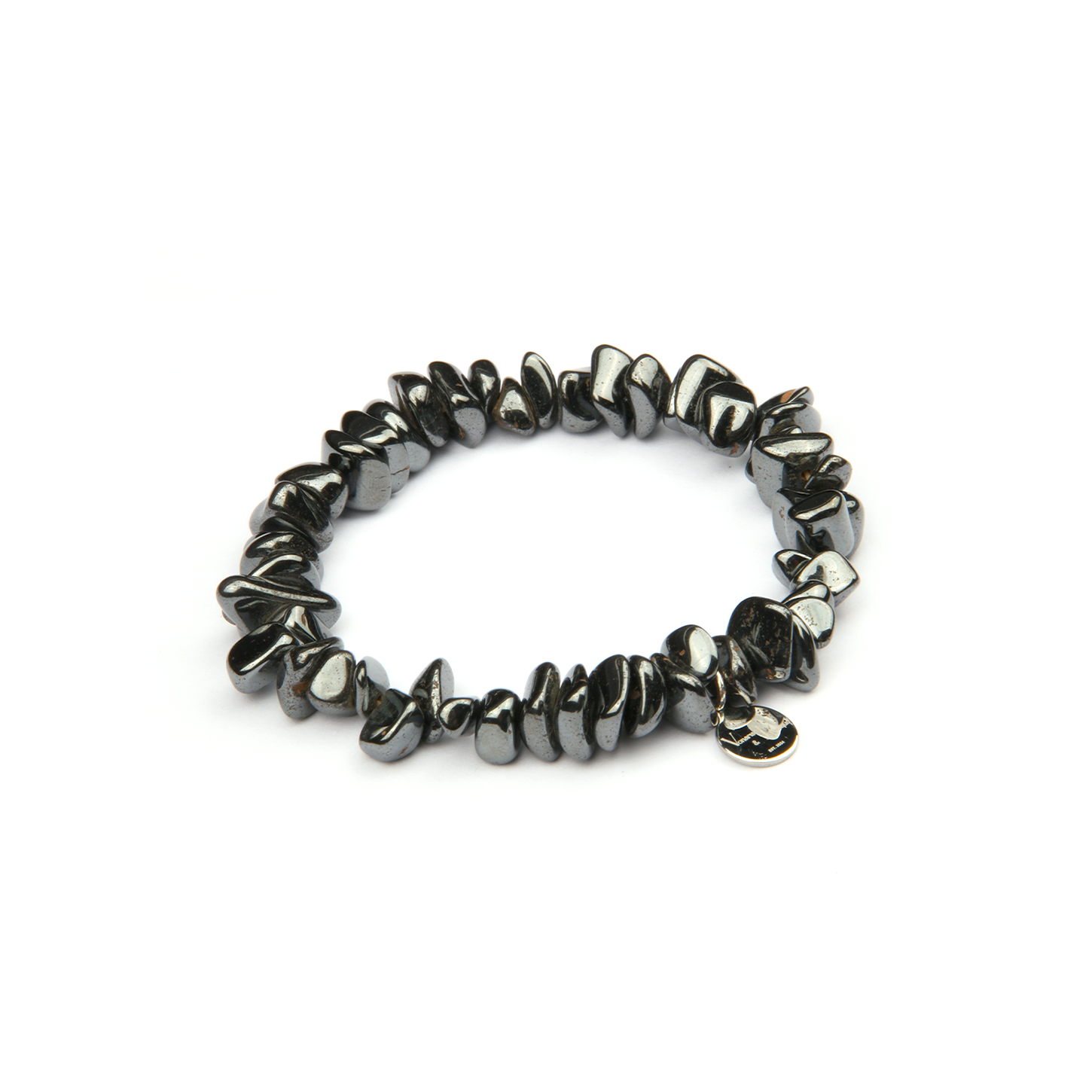
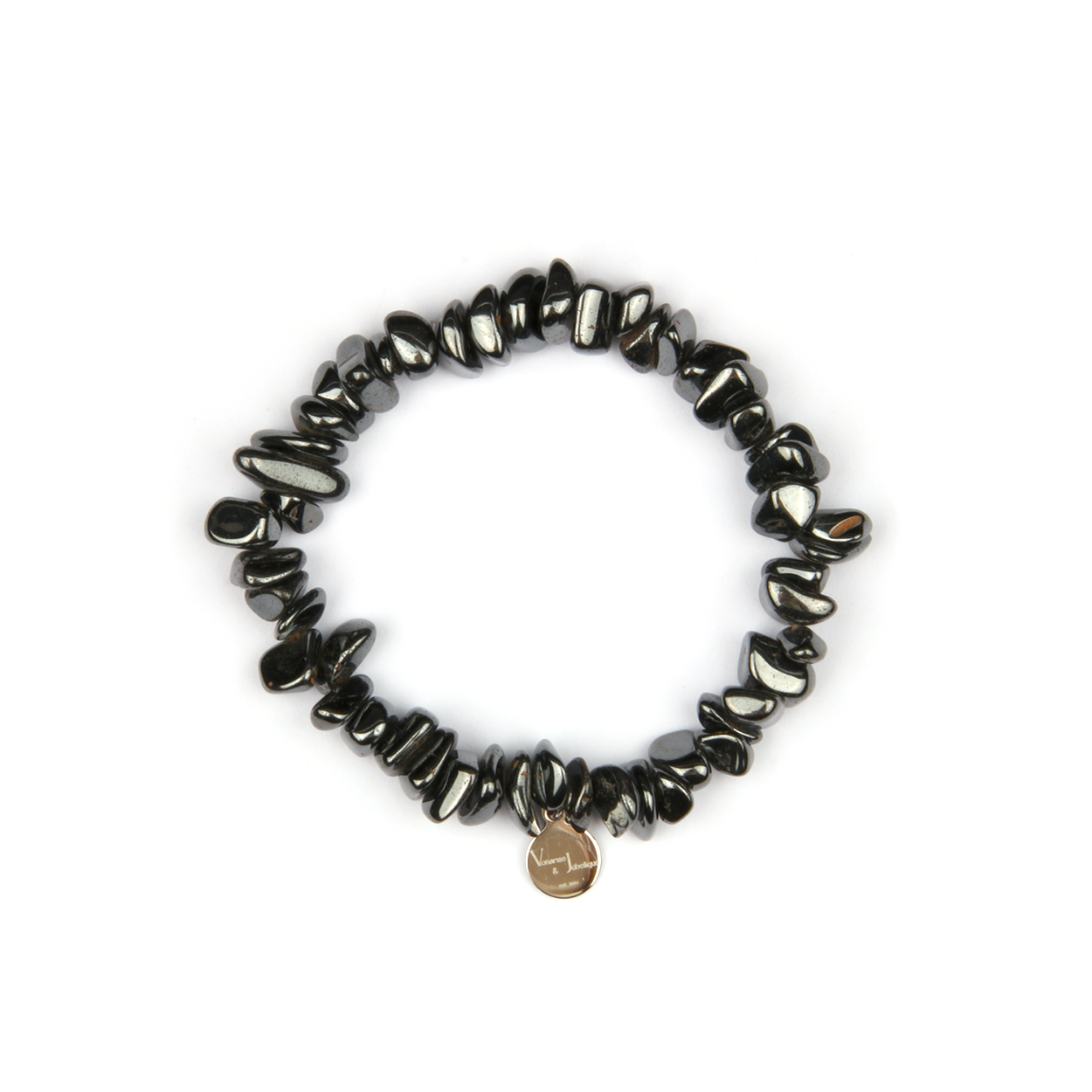
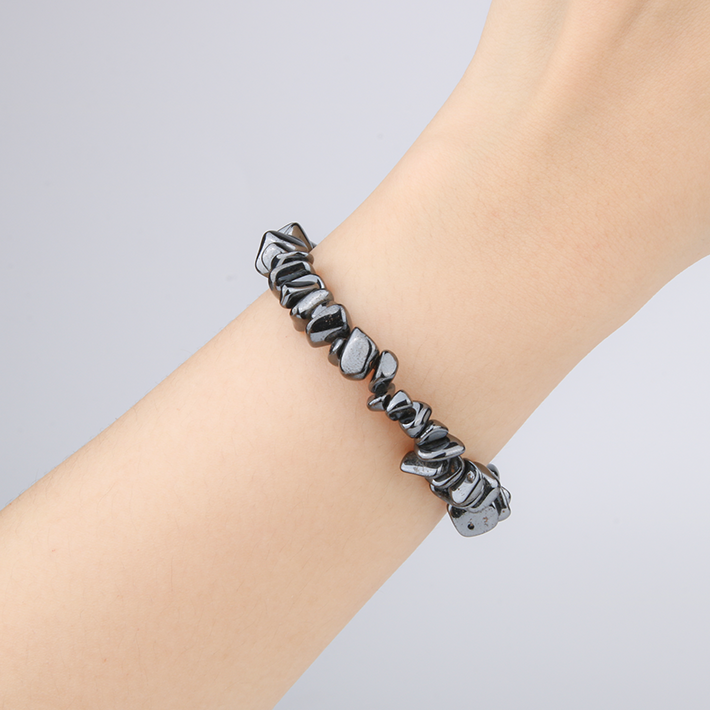

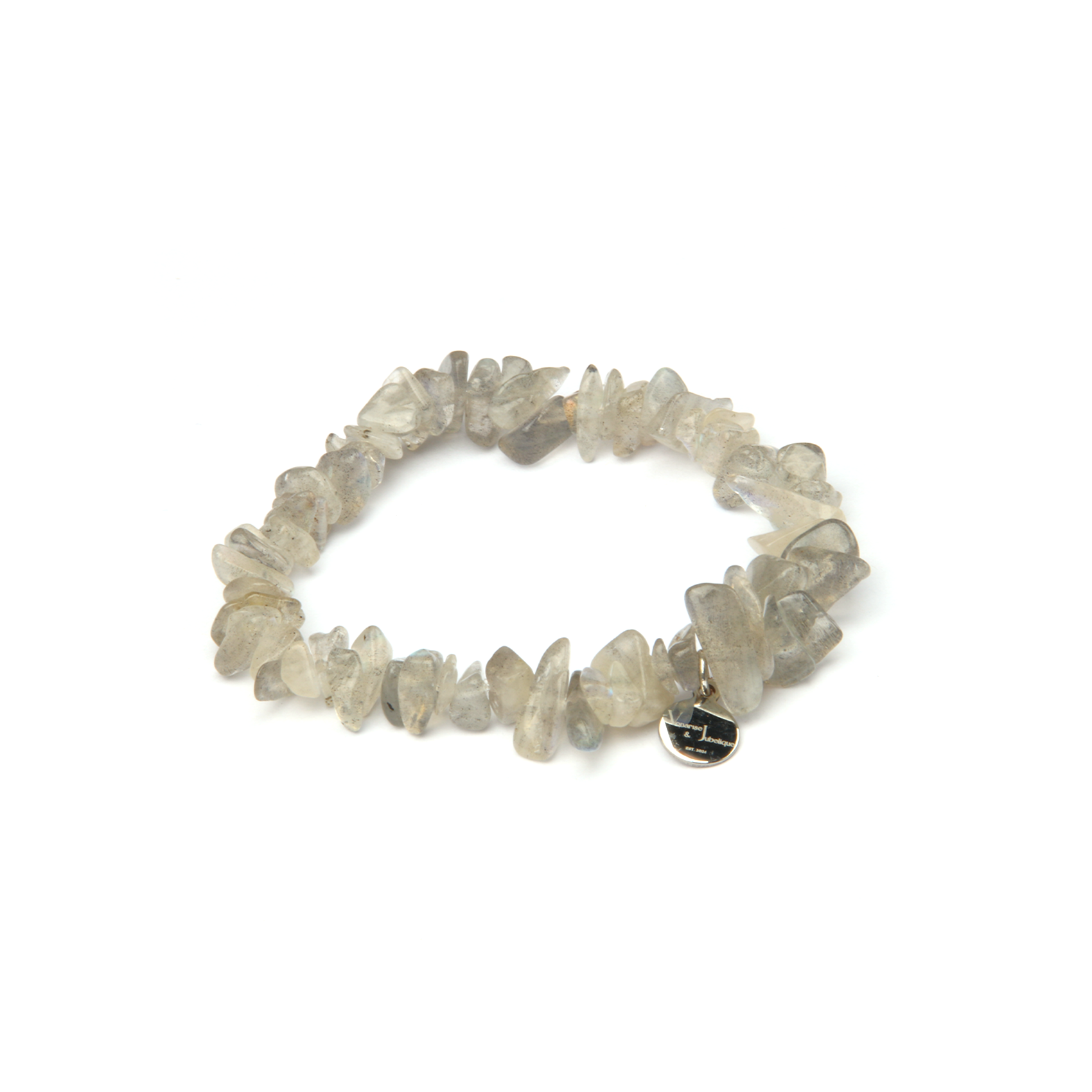
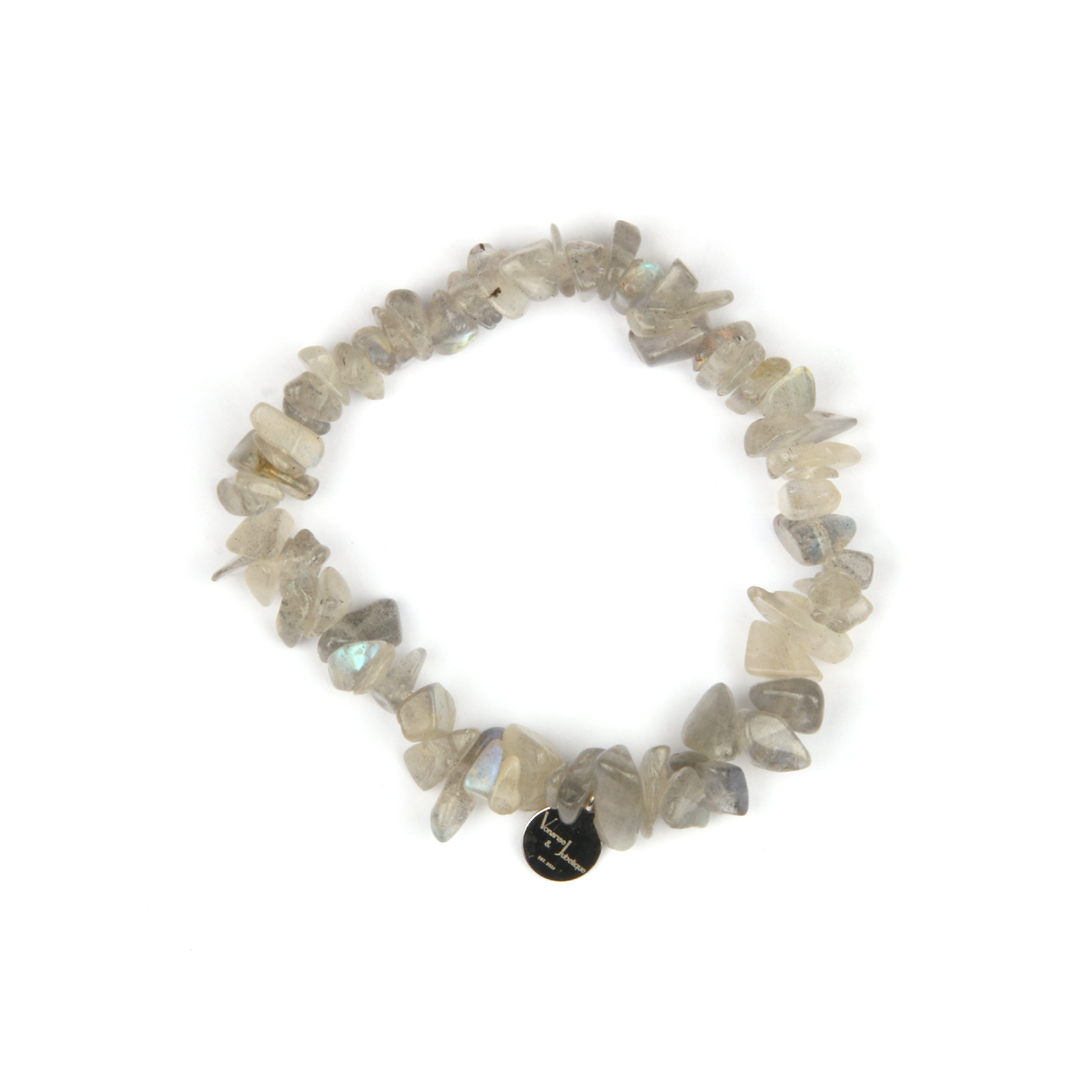
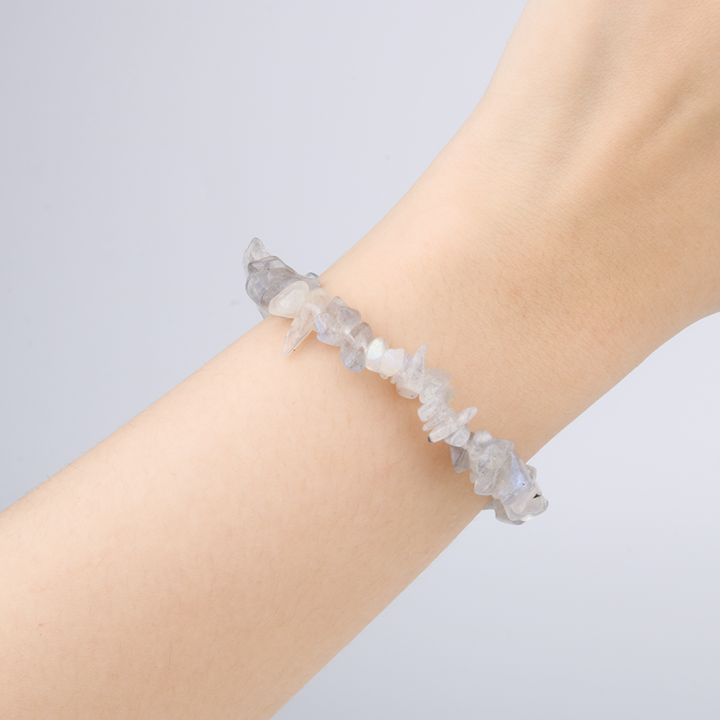
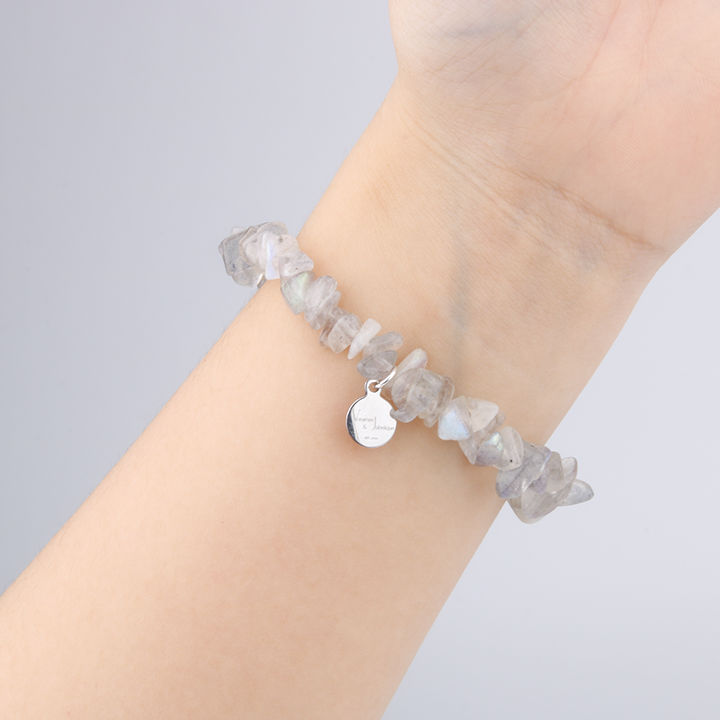
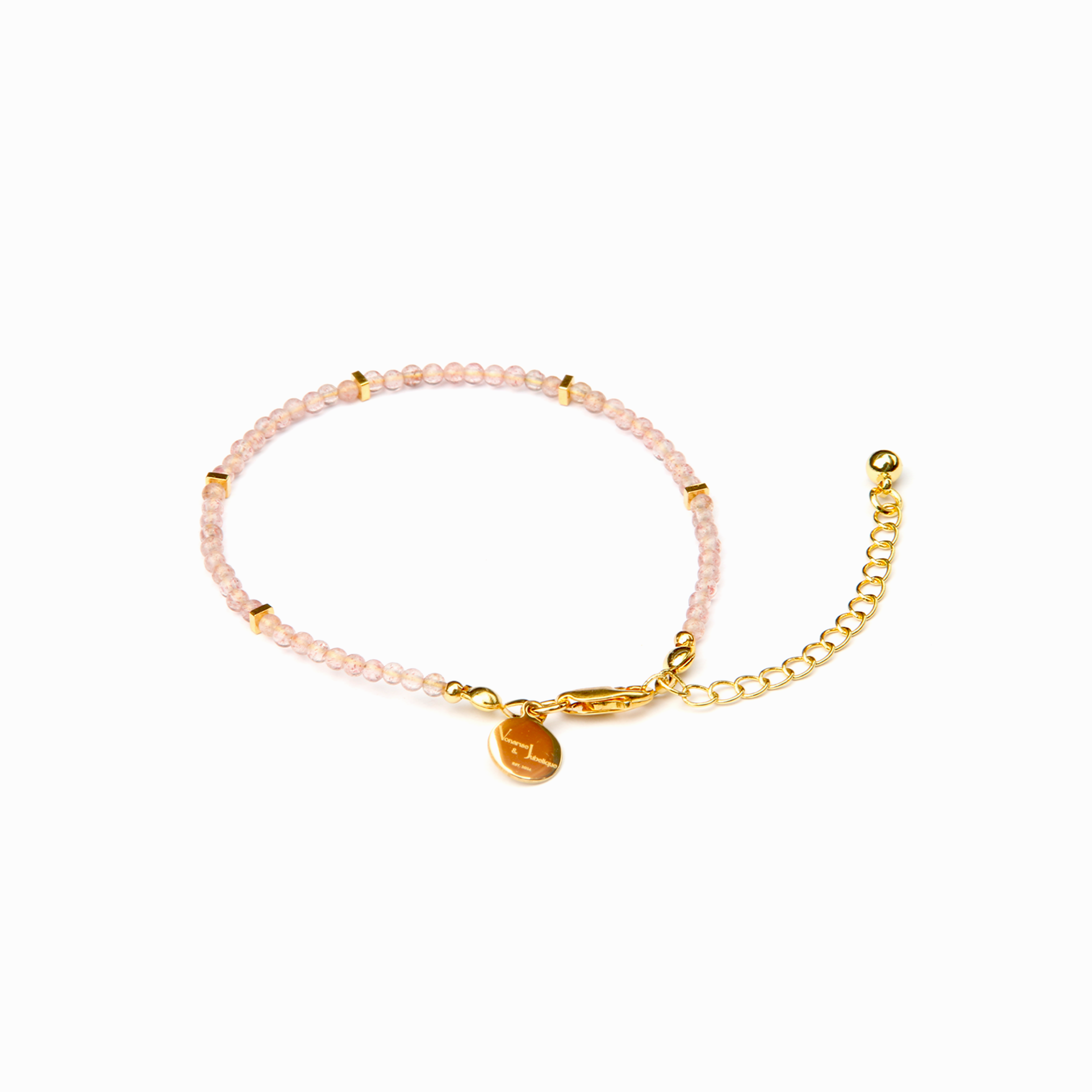
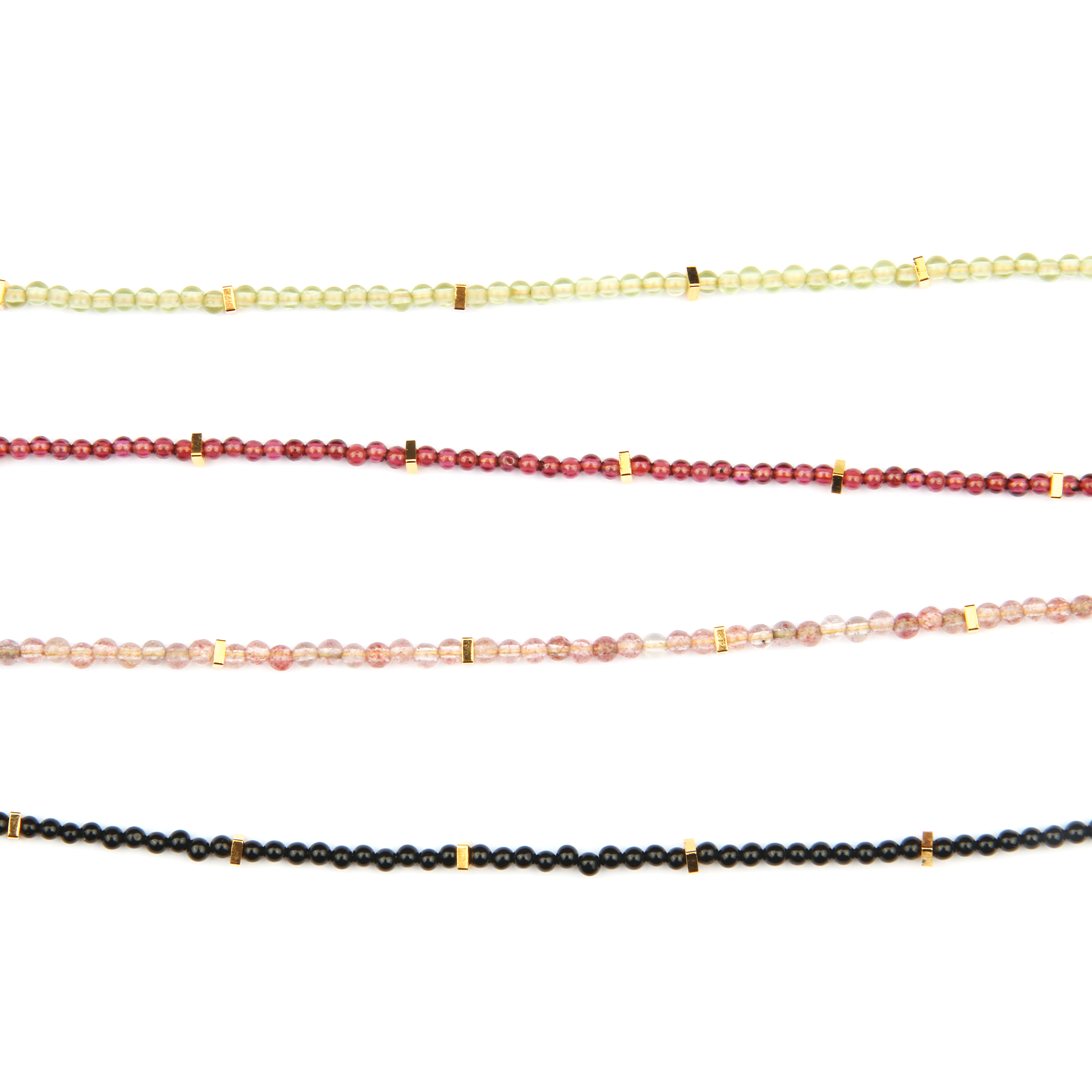
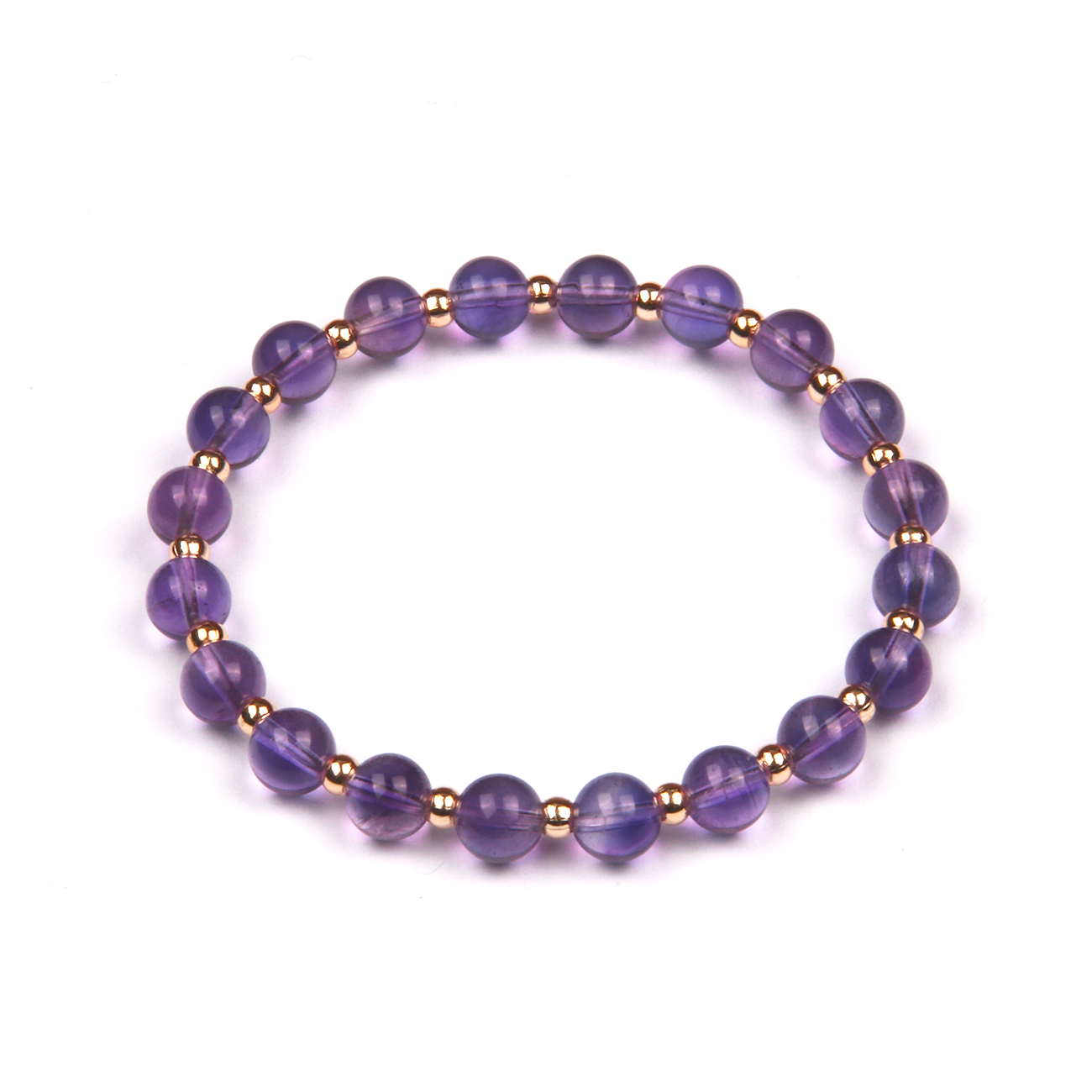
Share:
Sunstone
Tektite